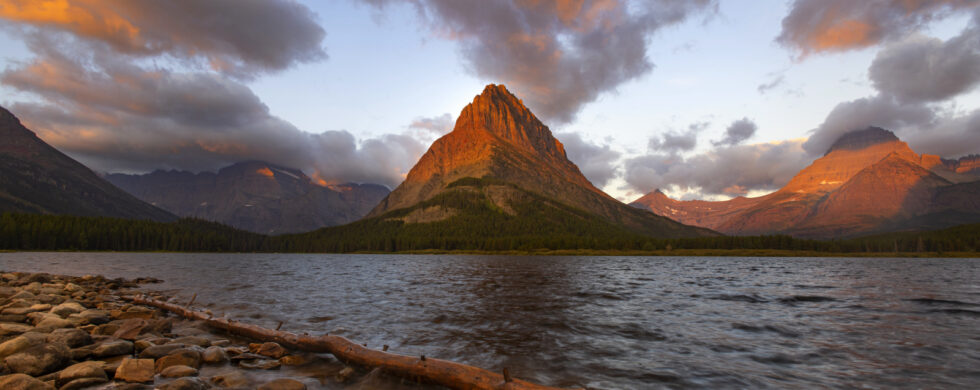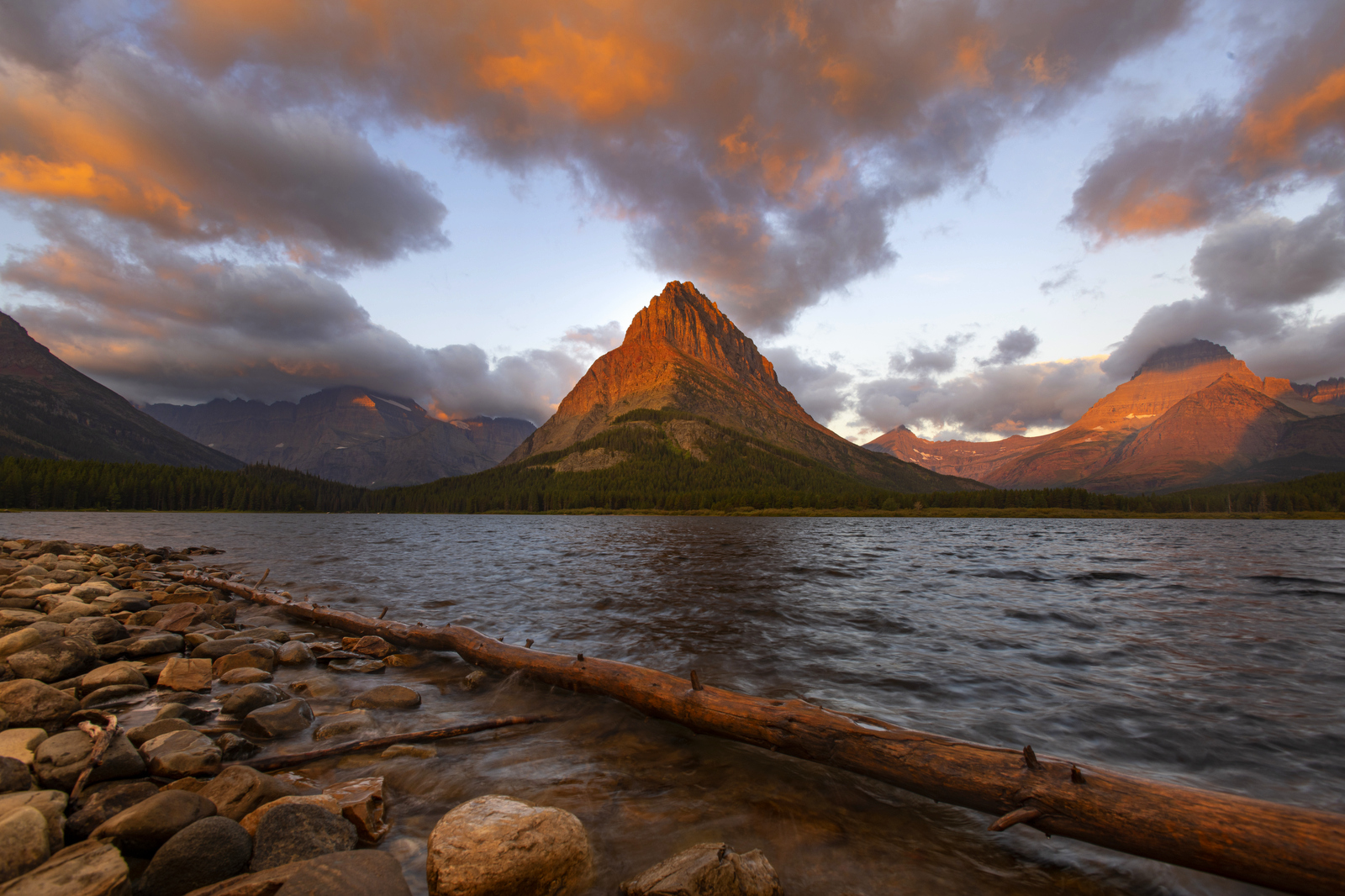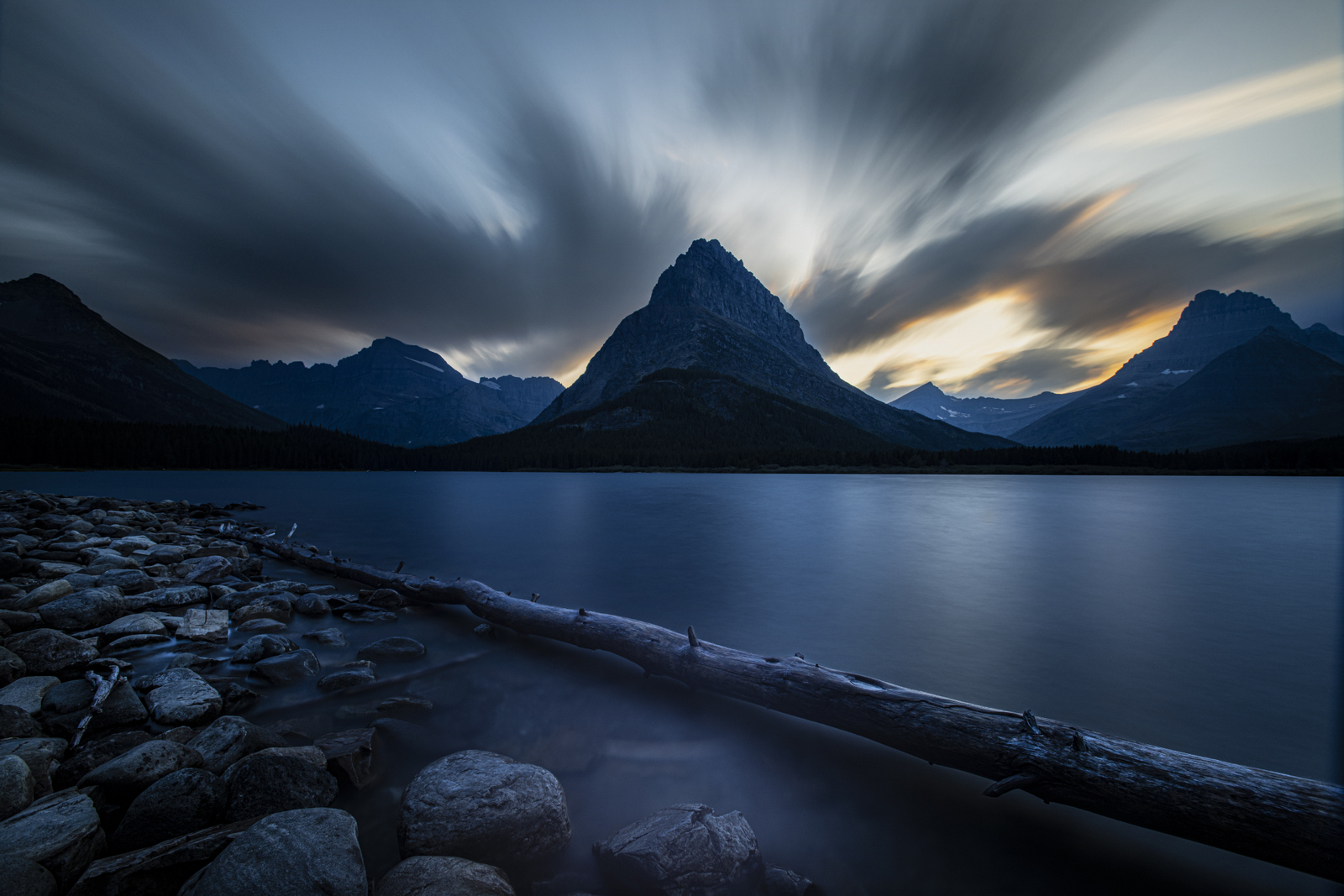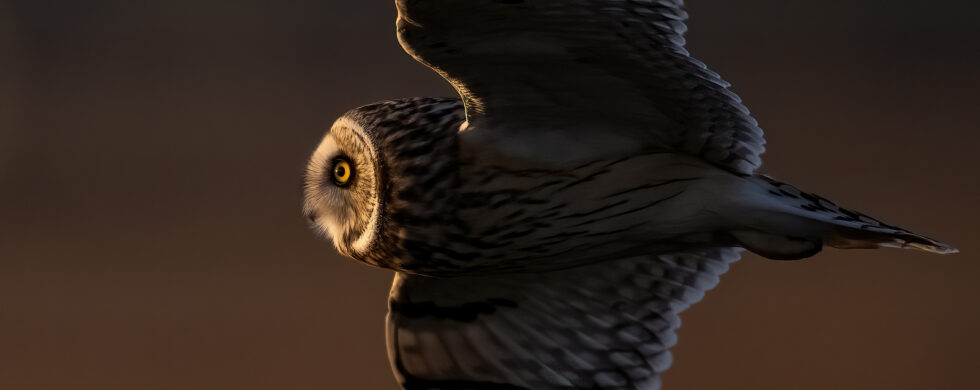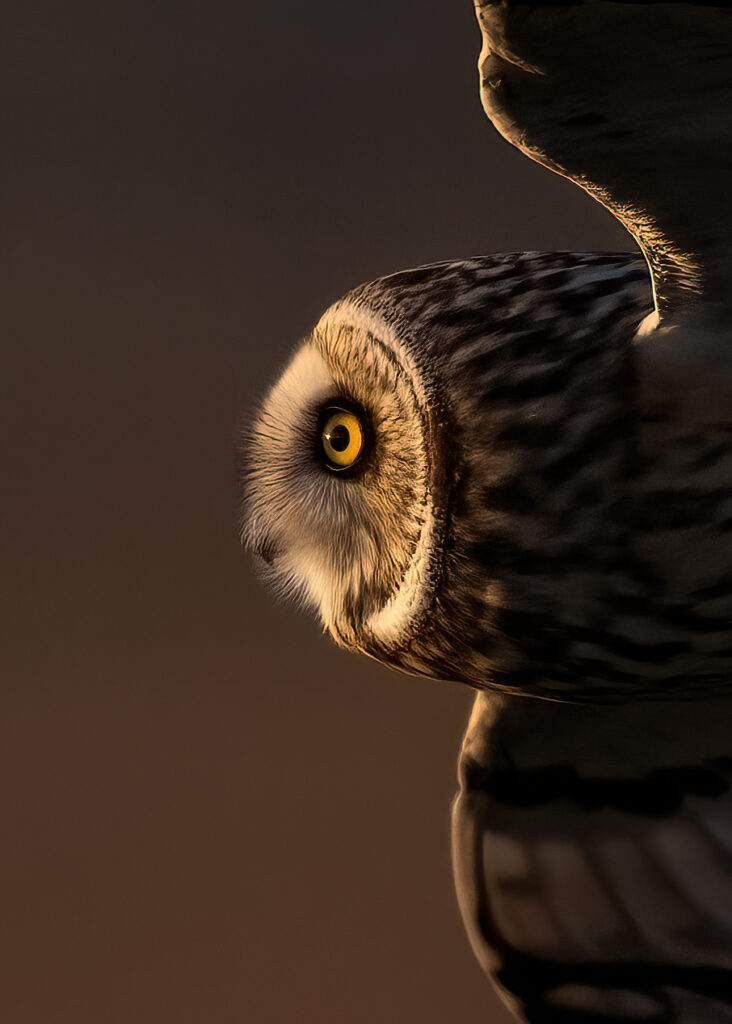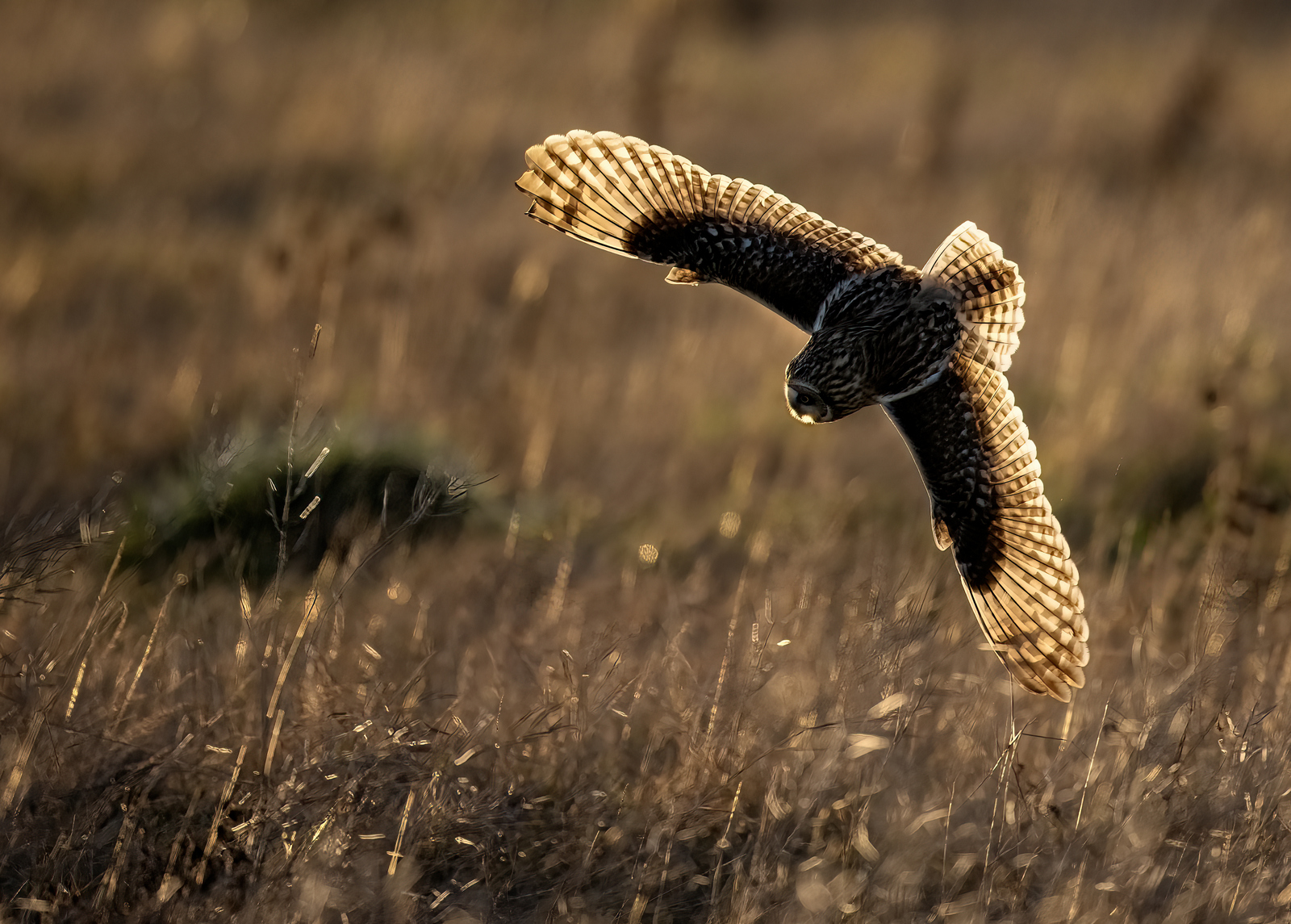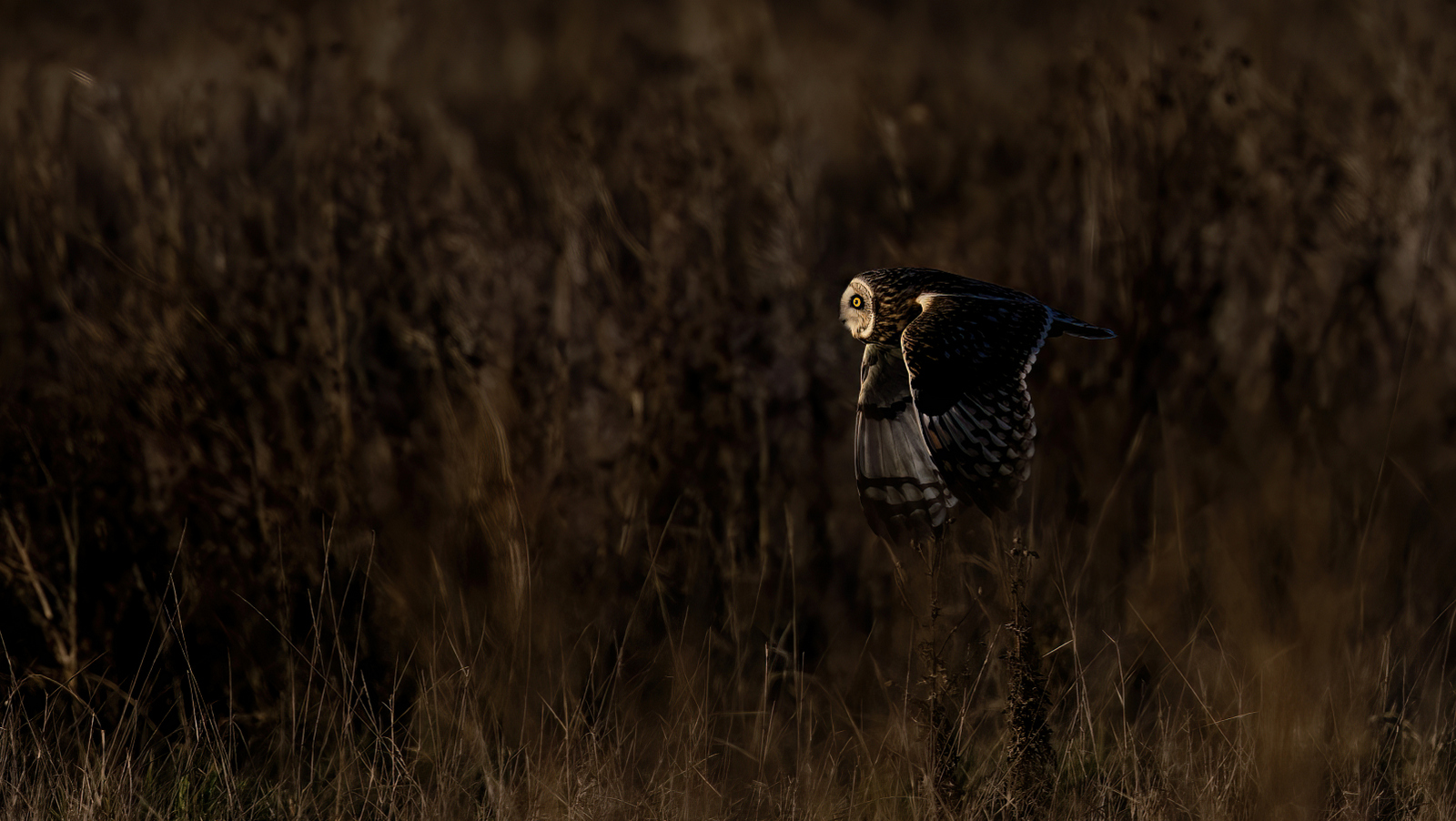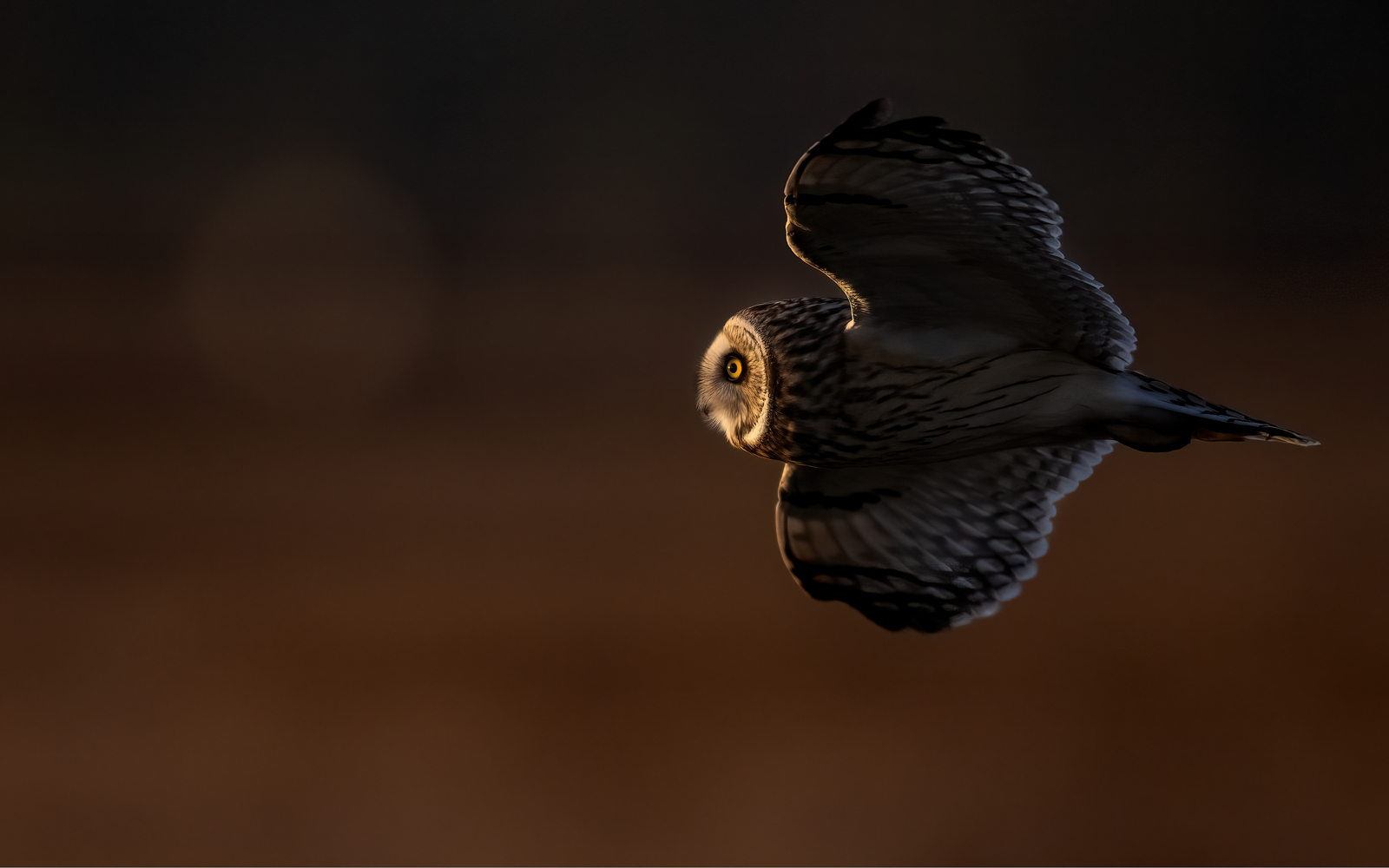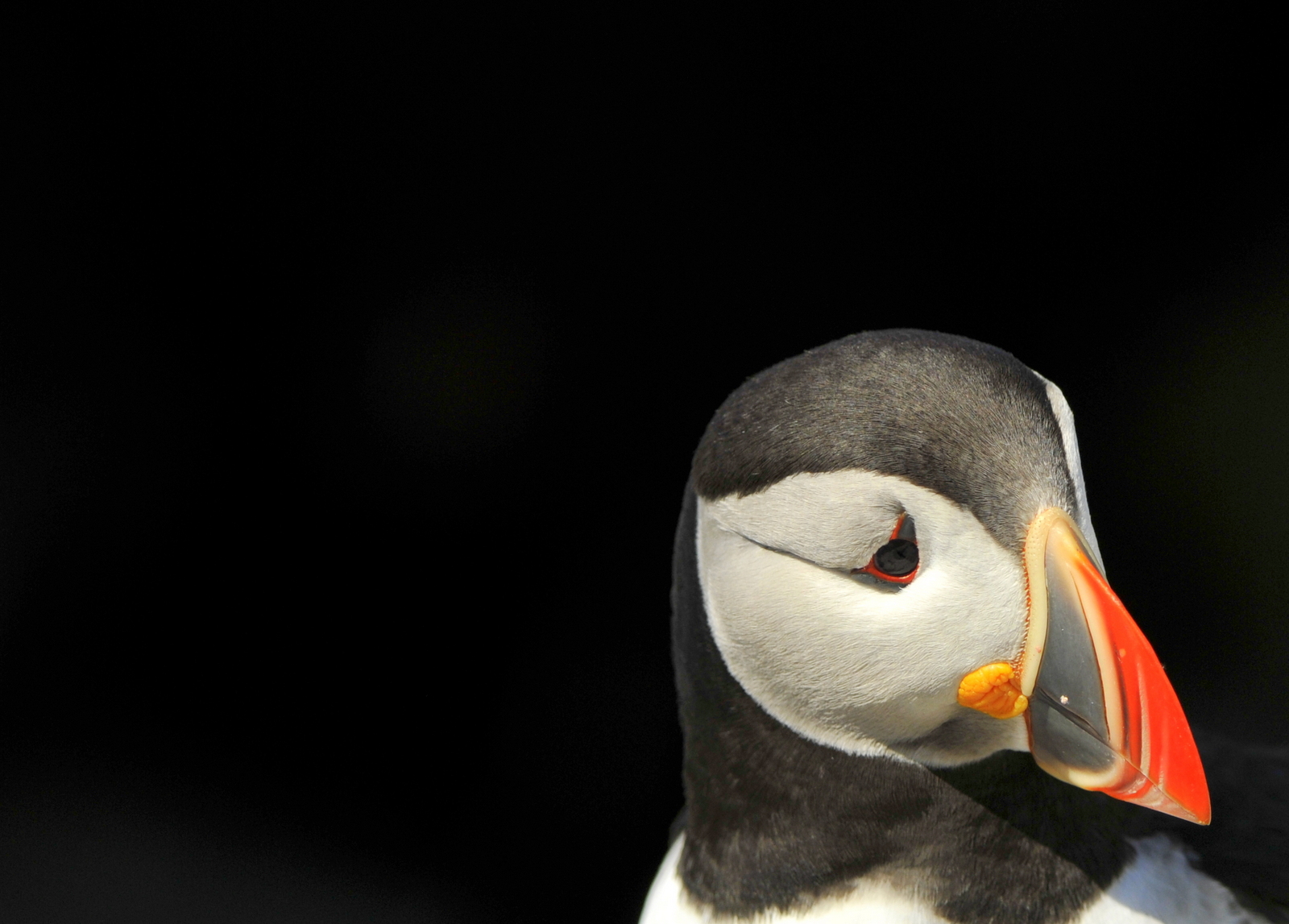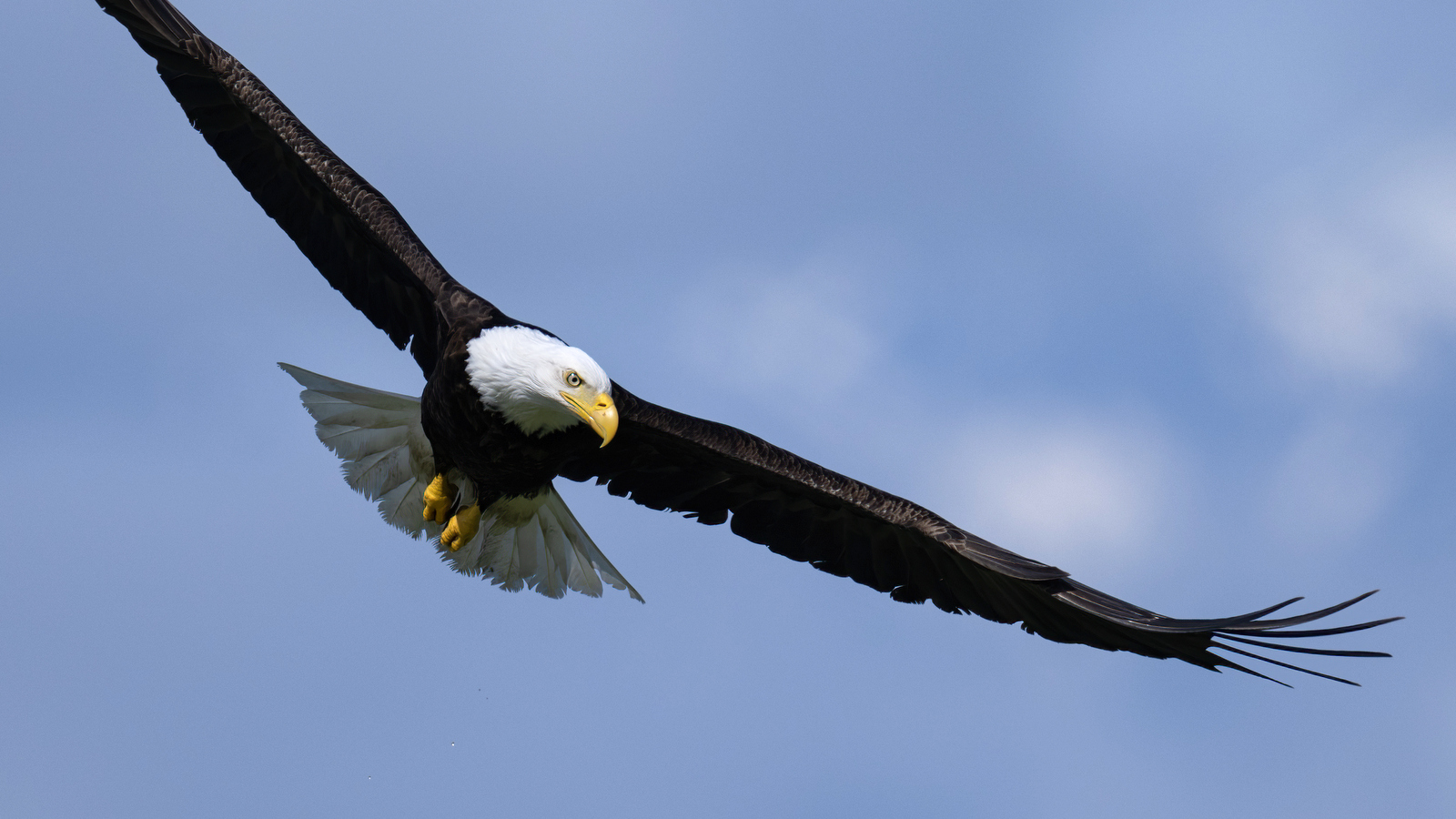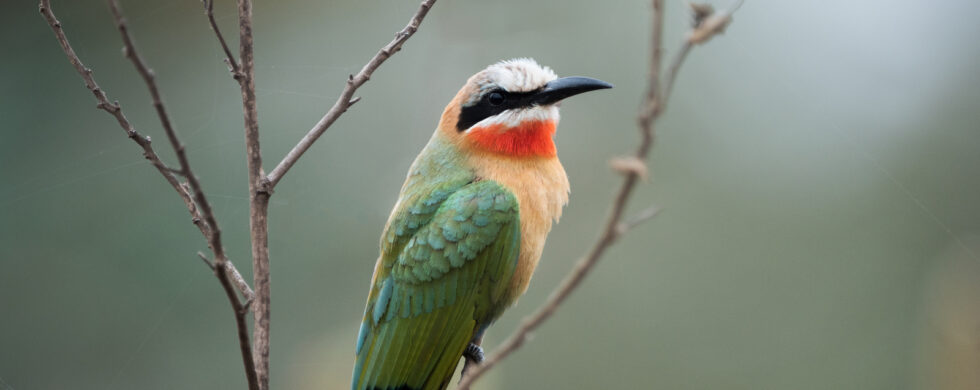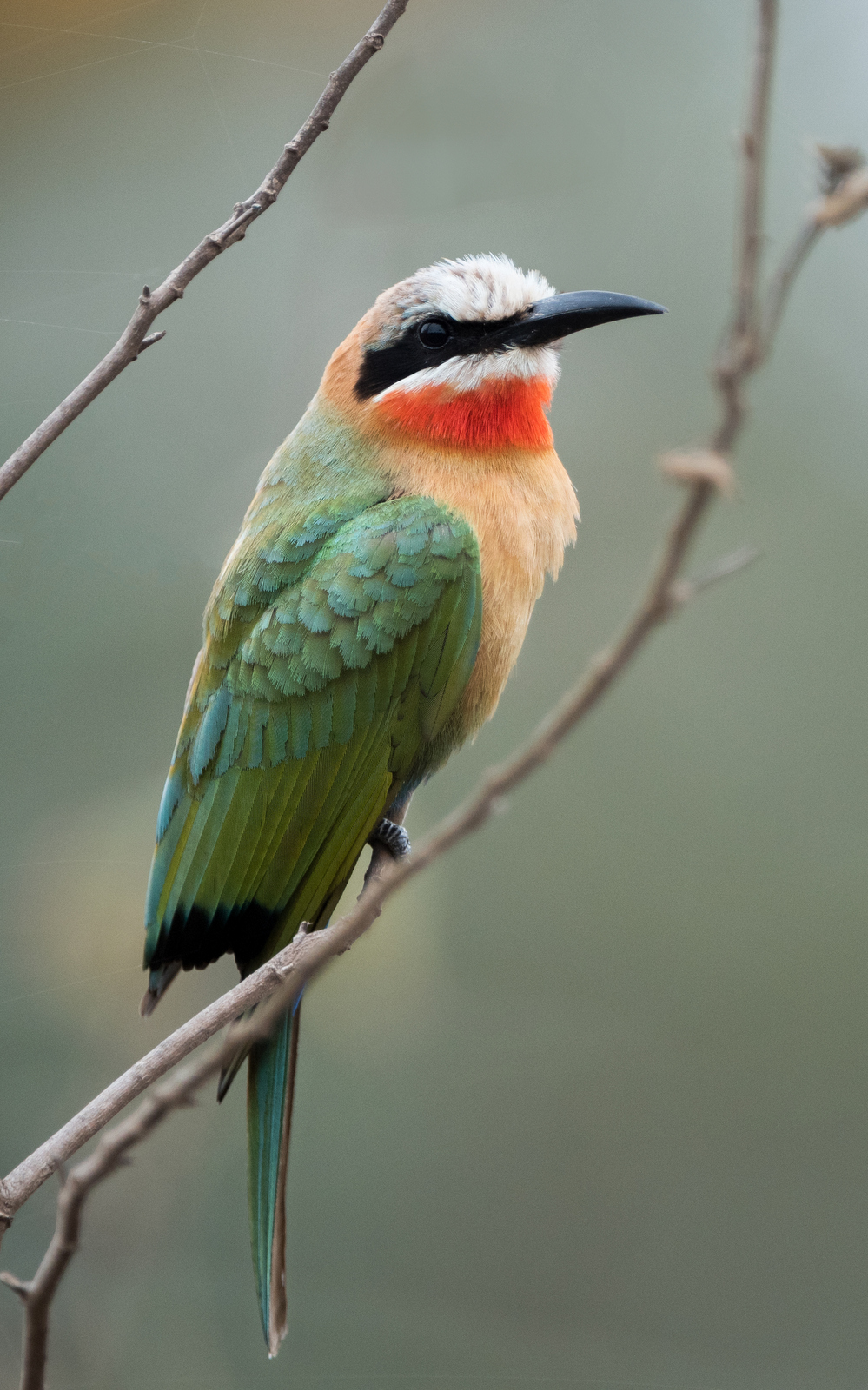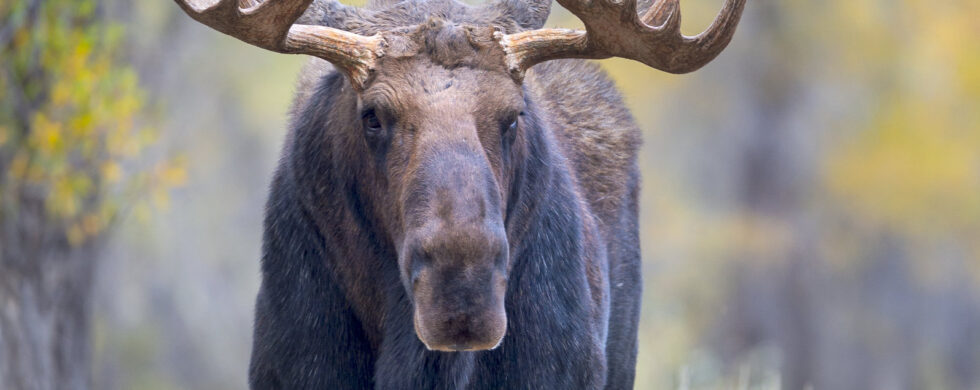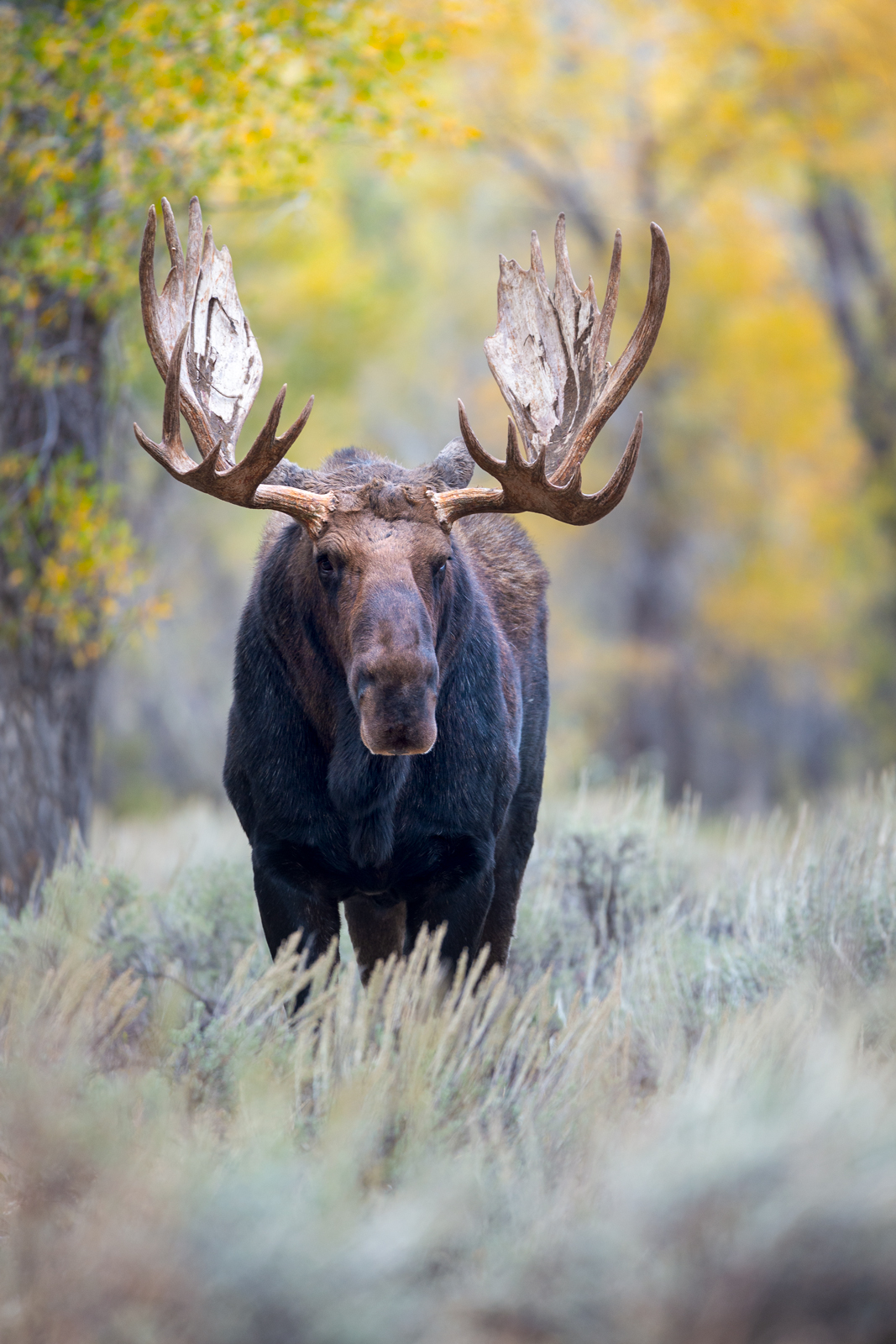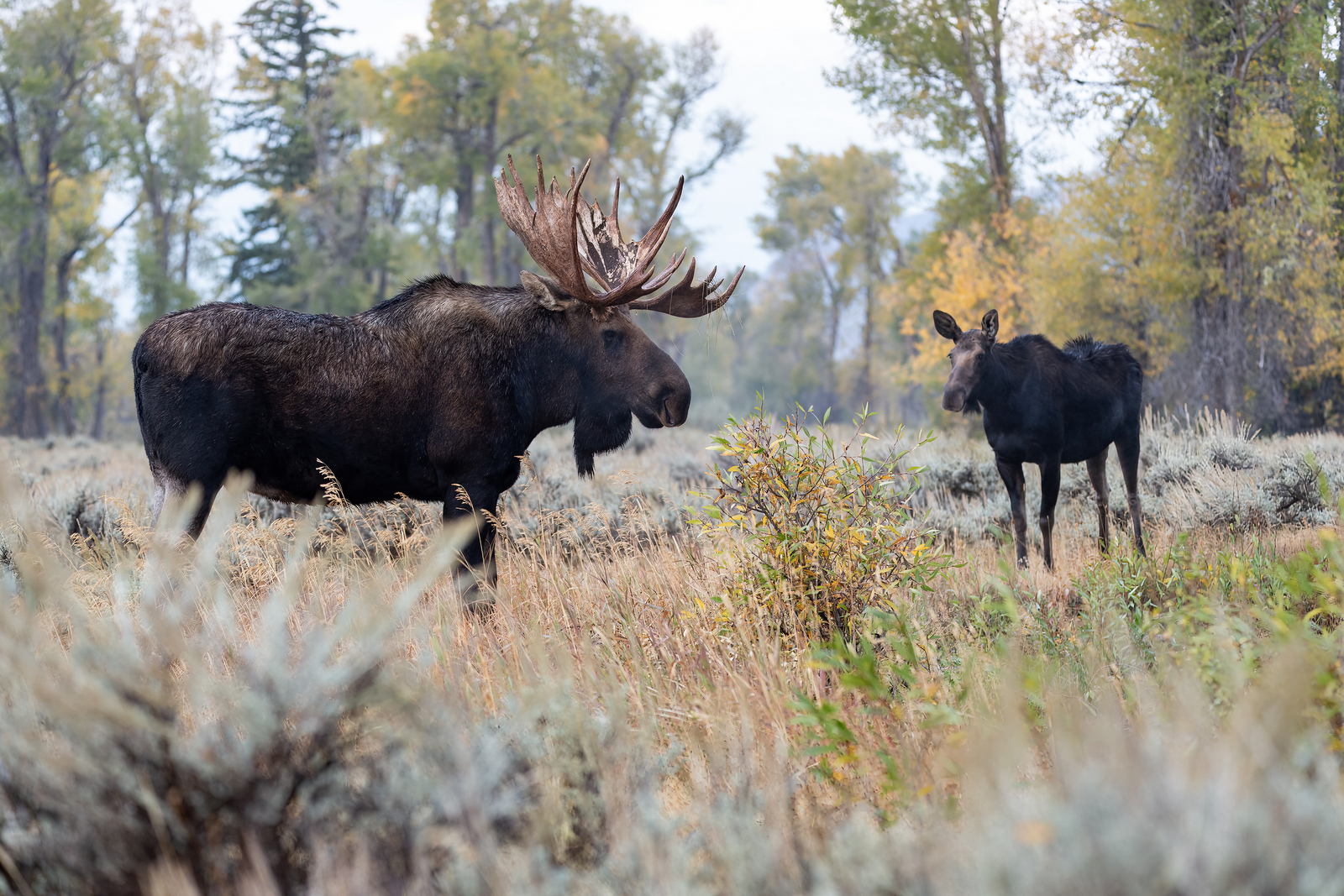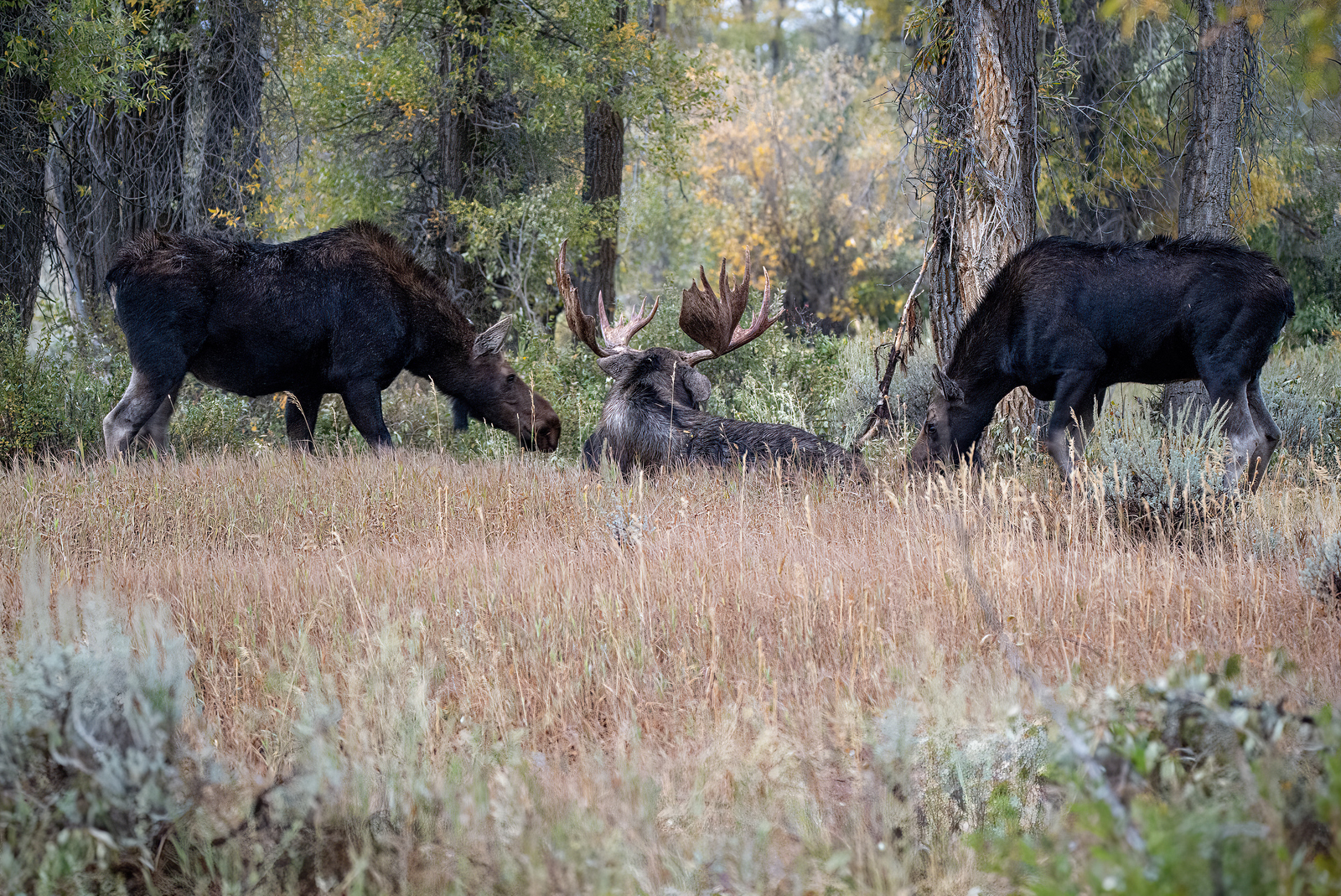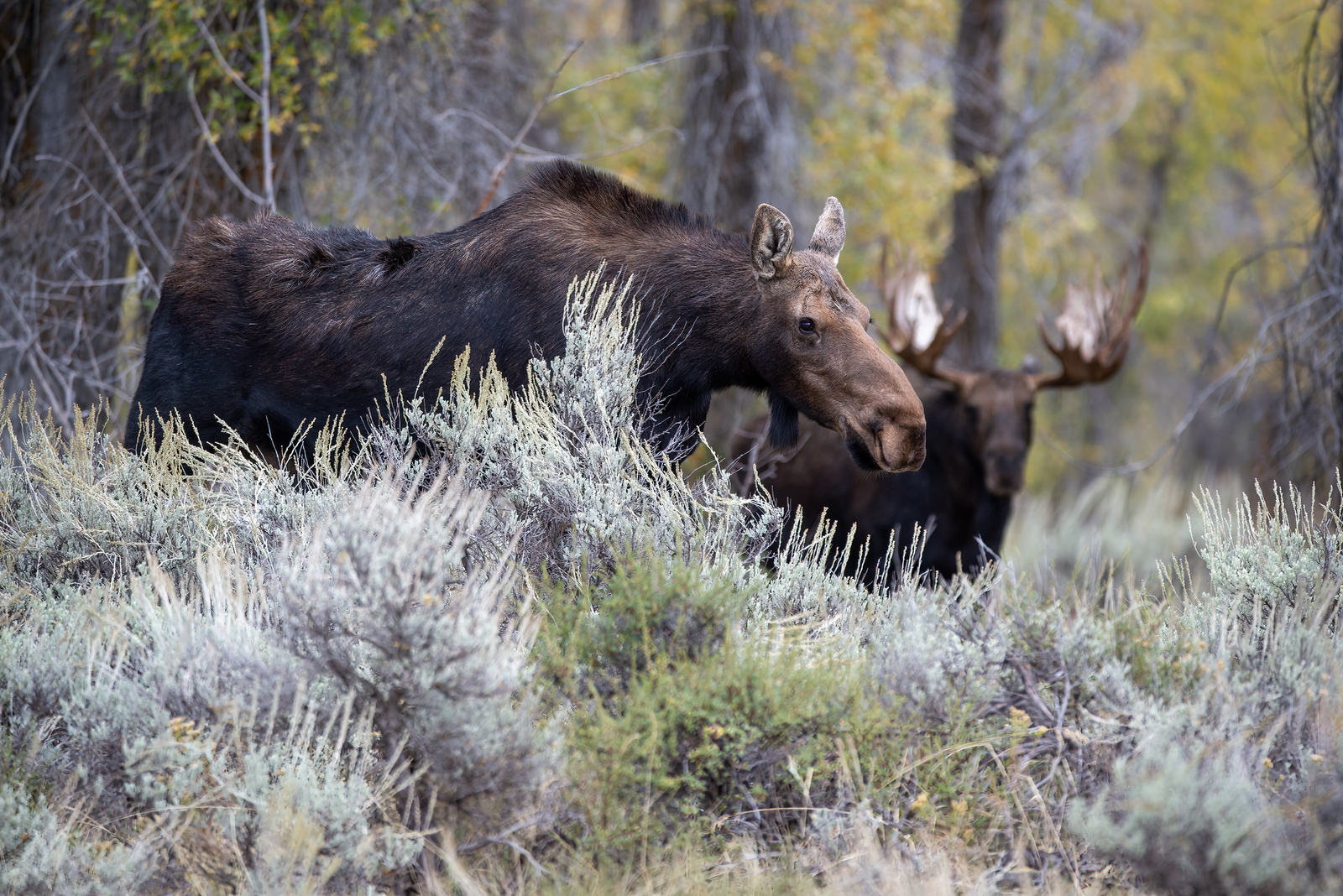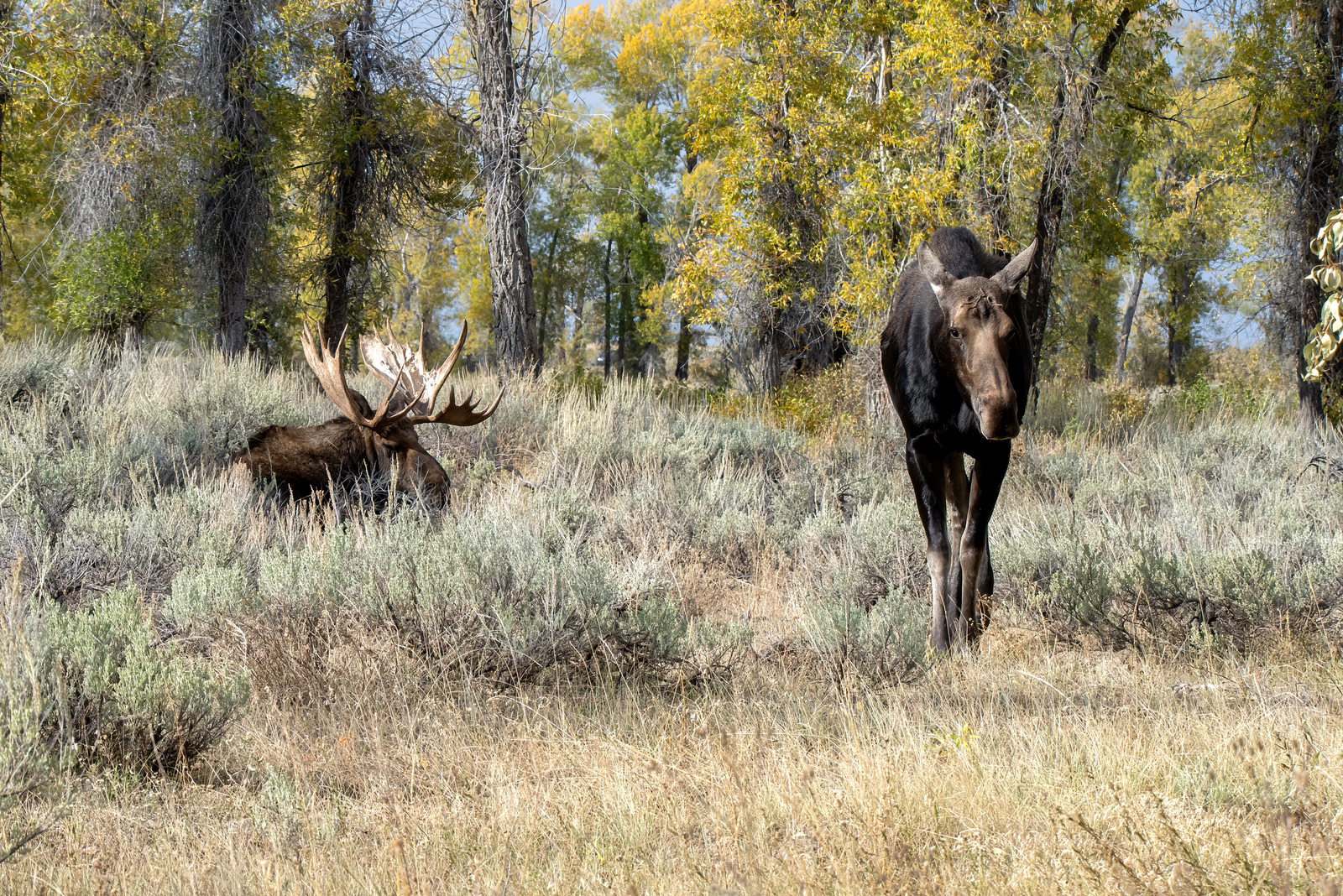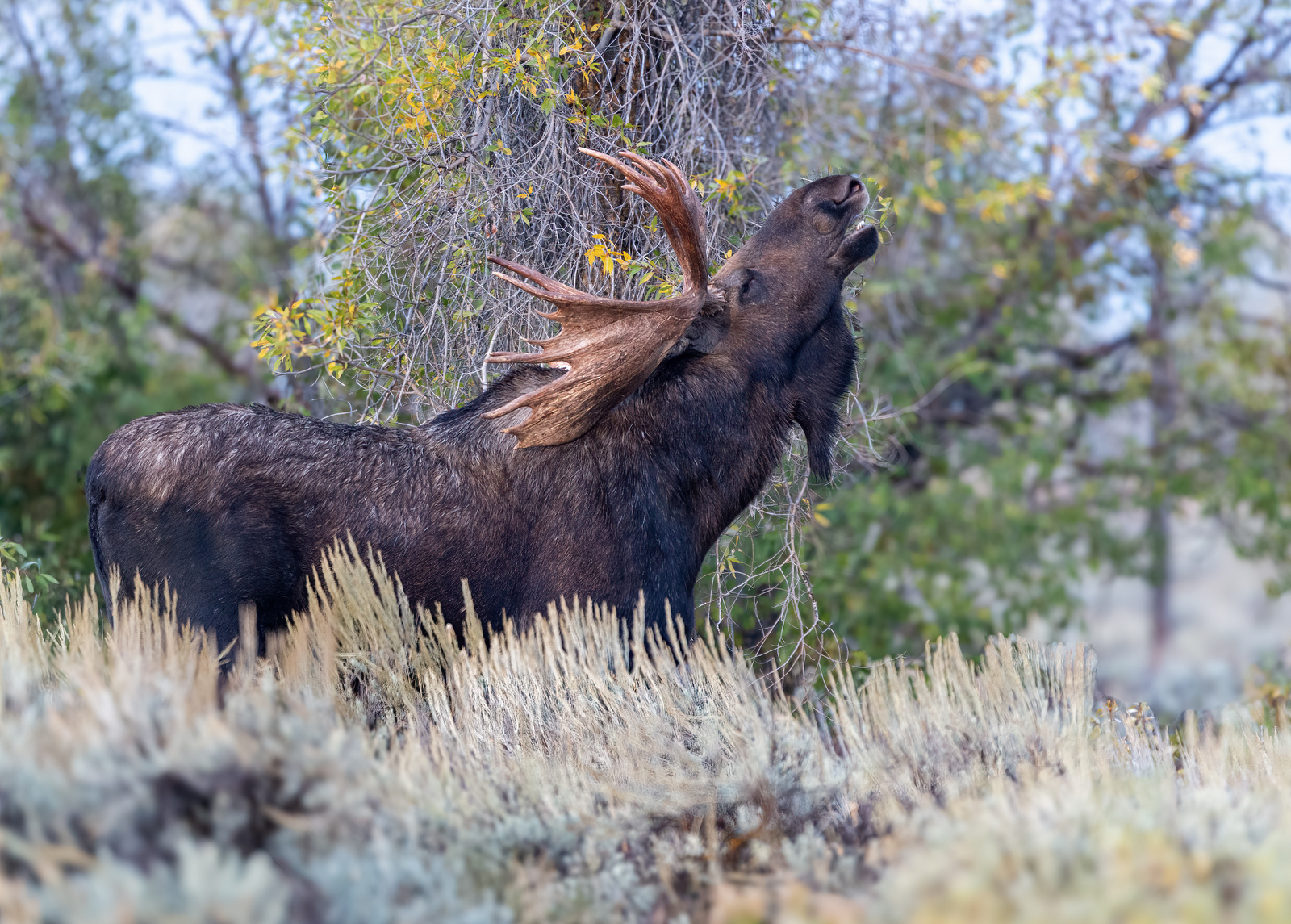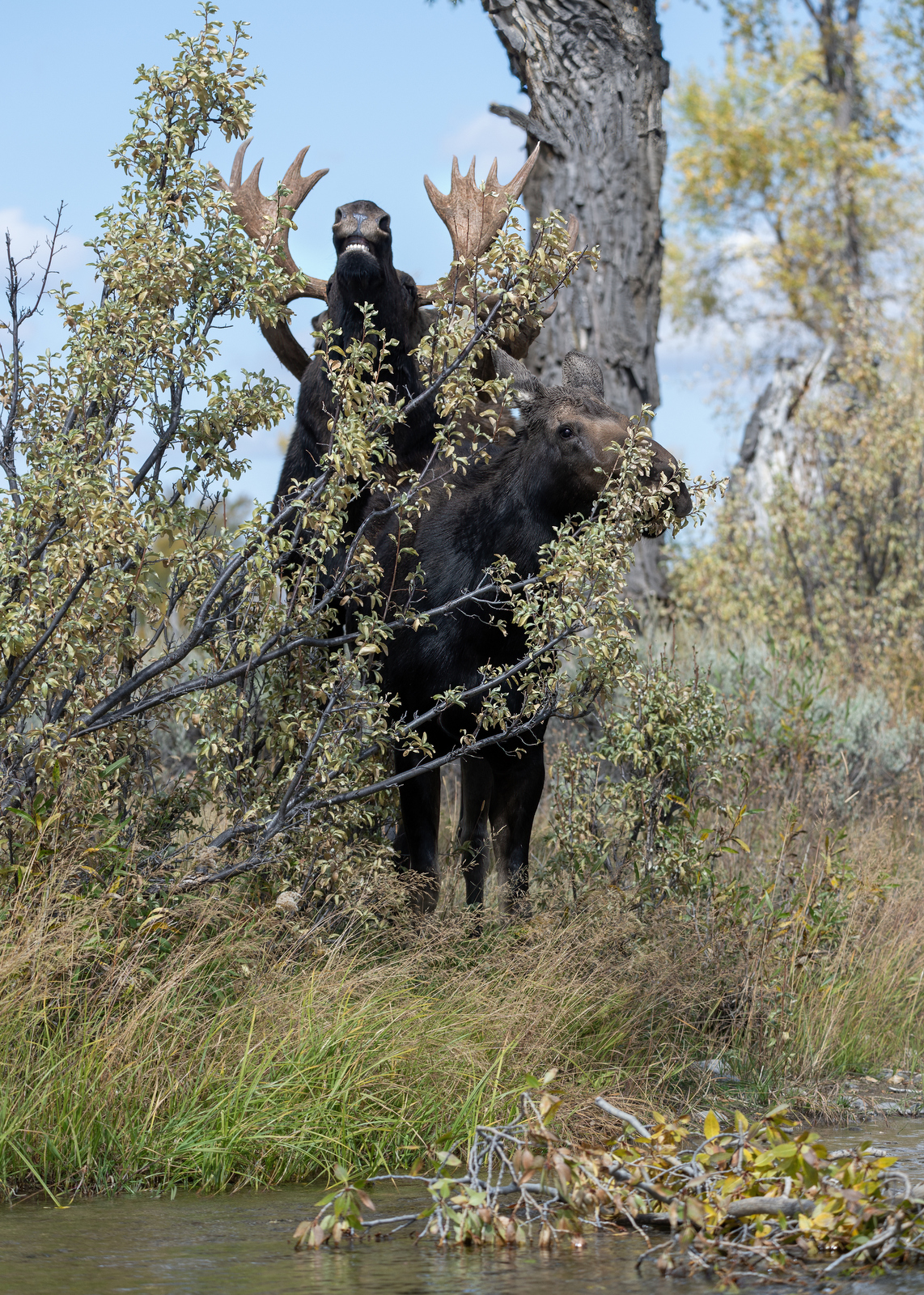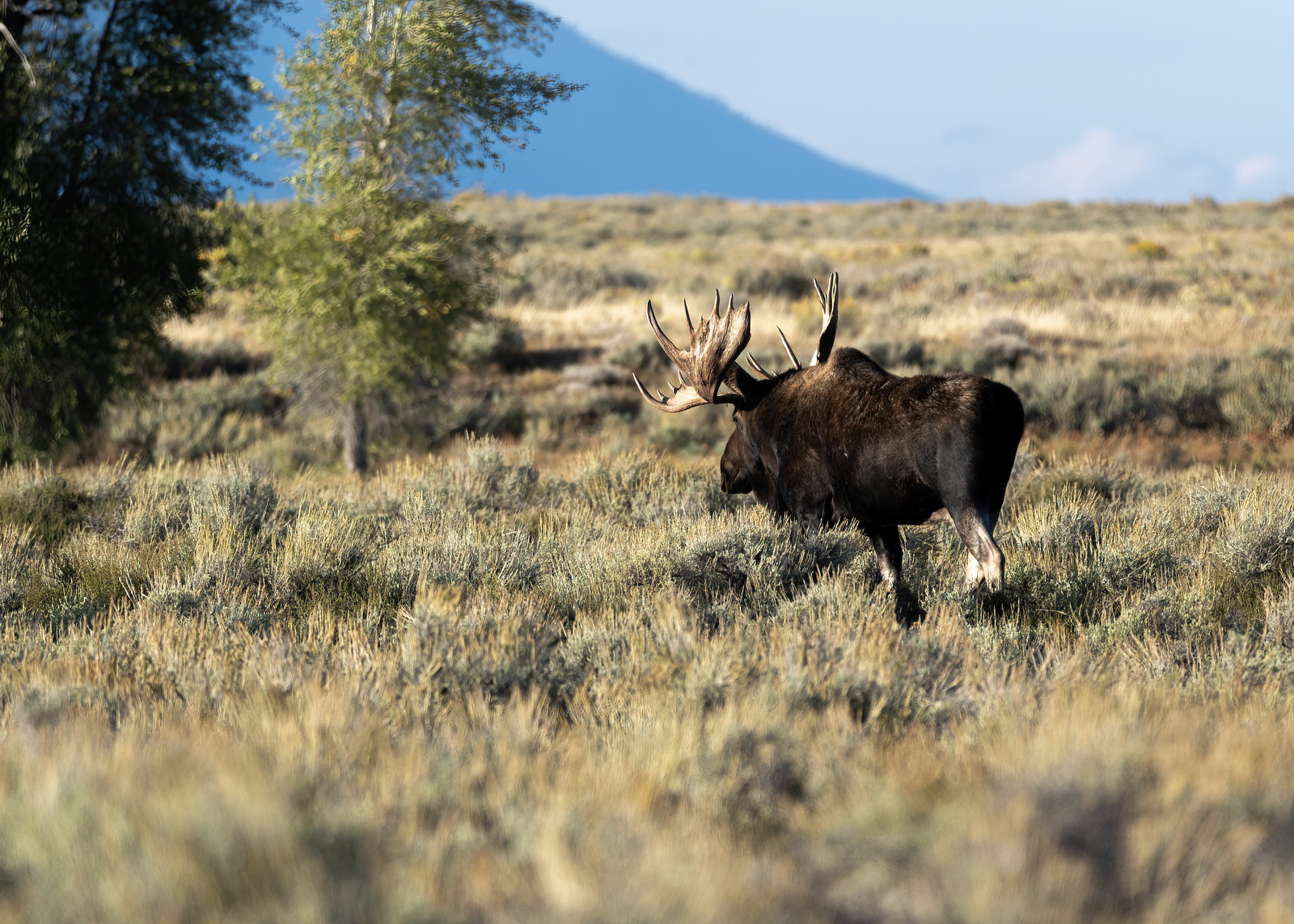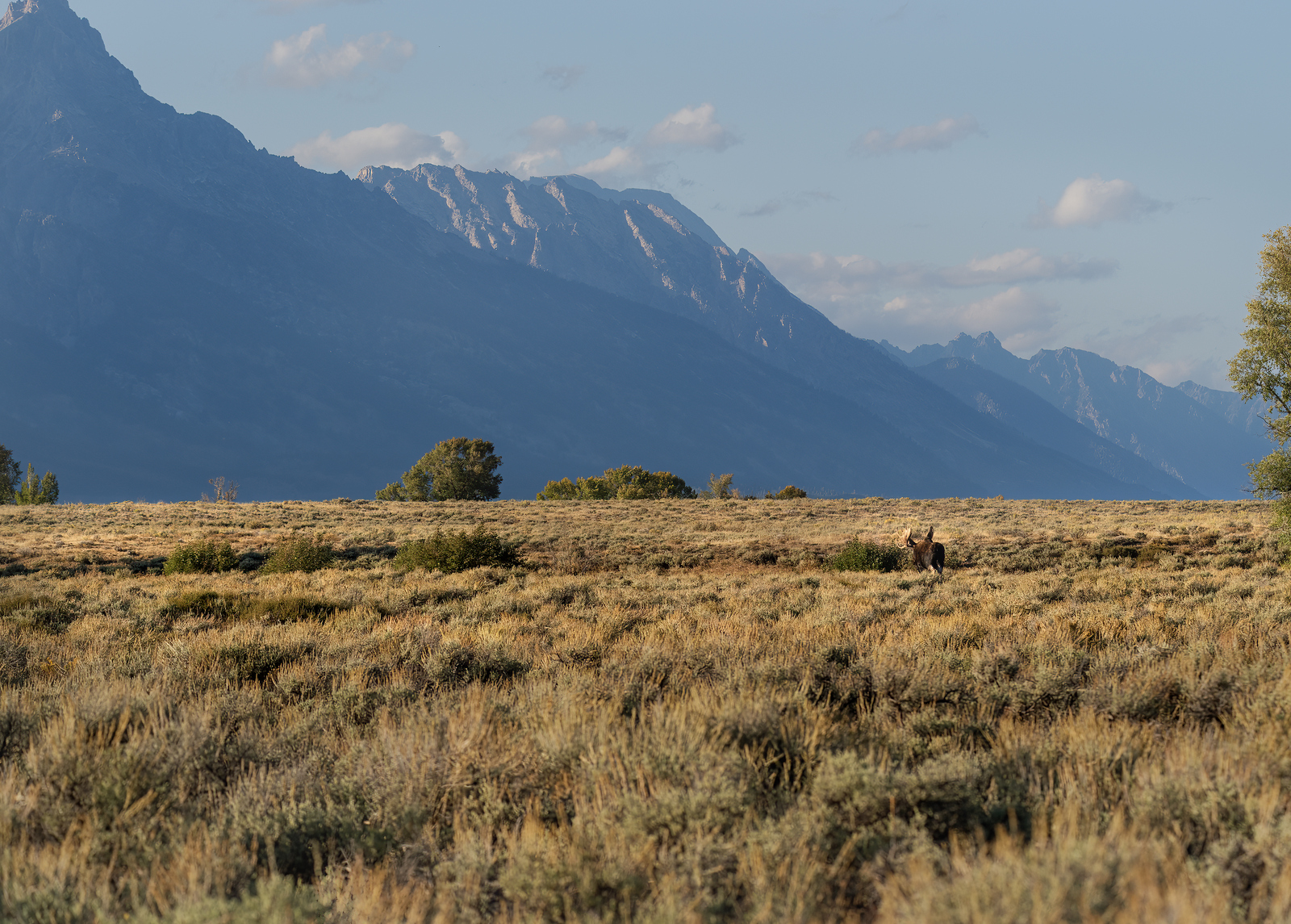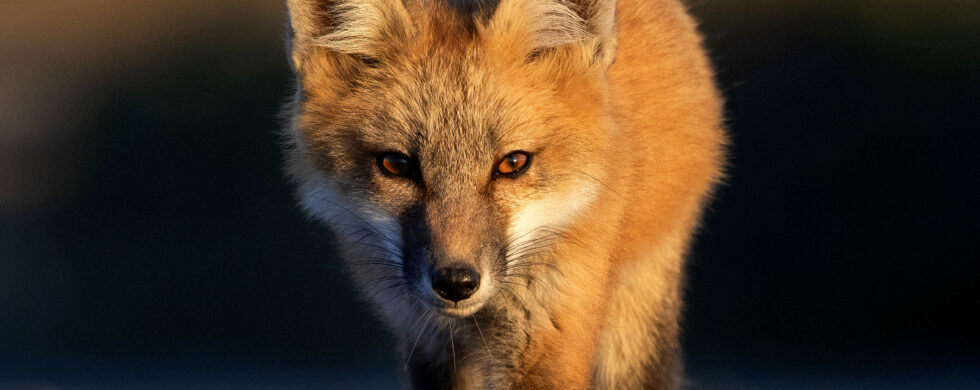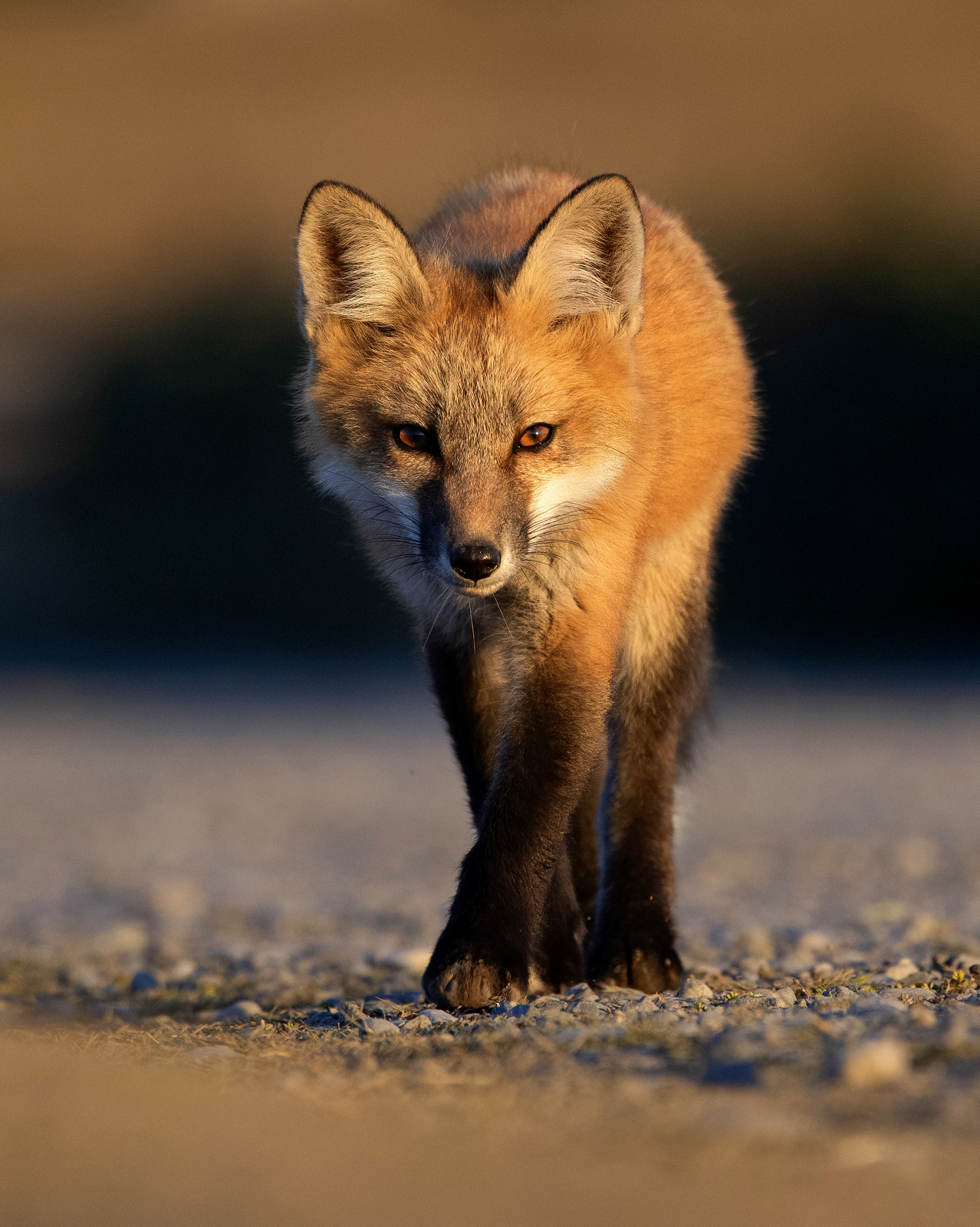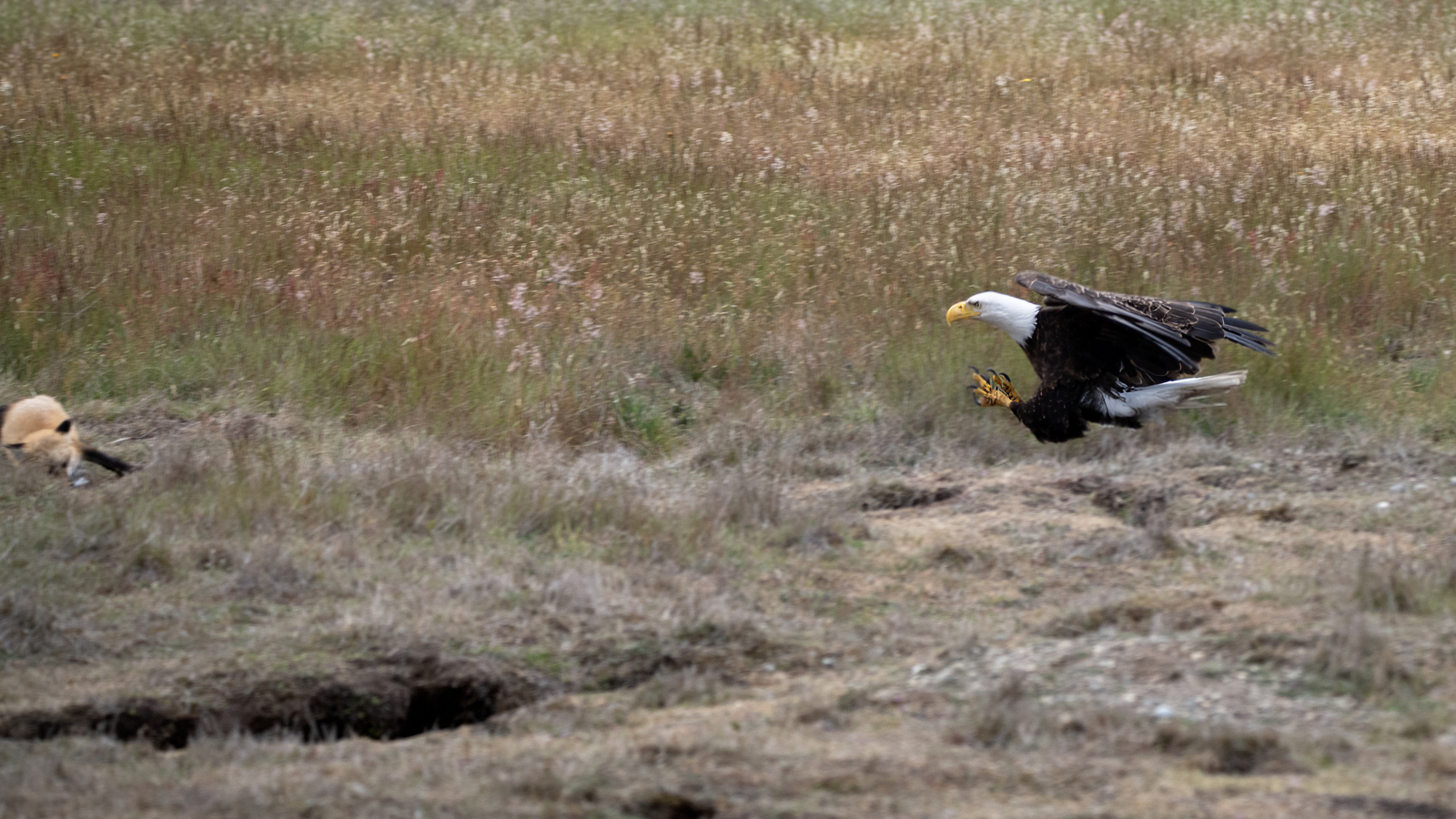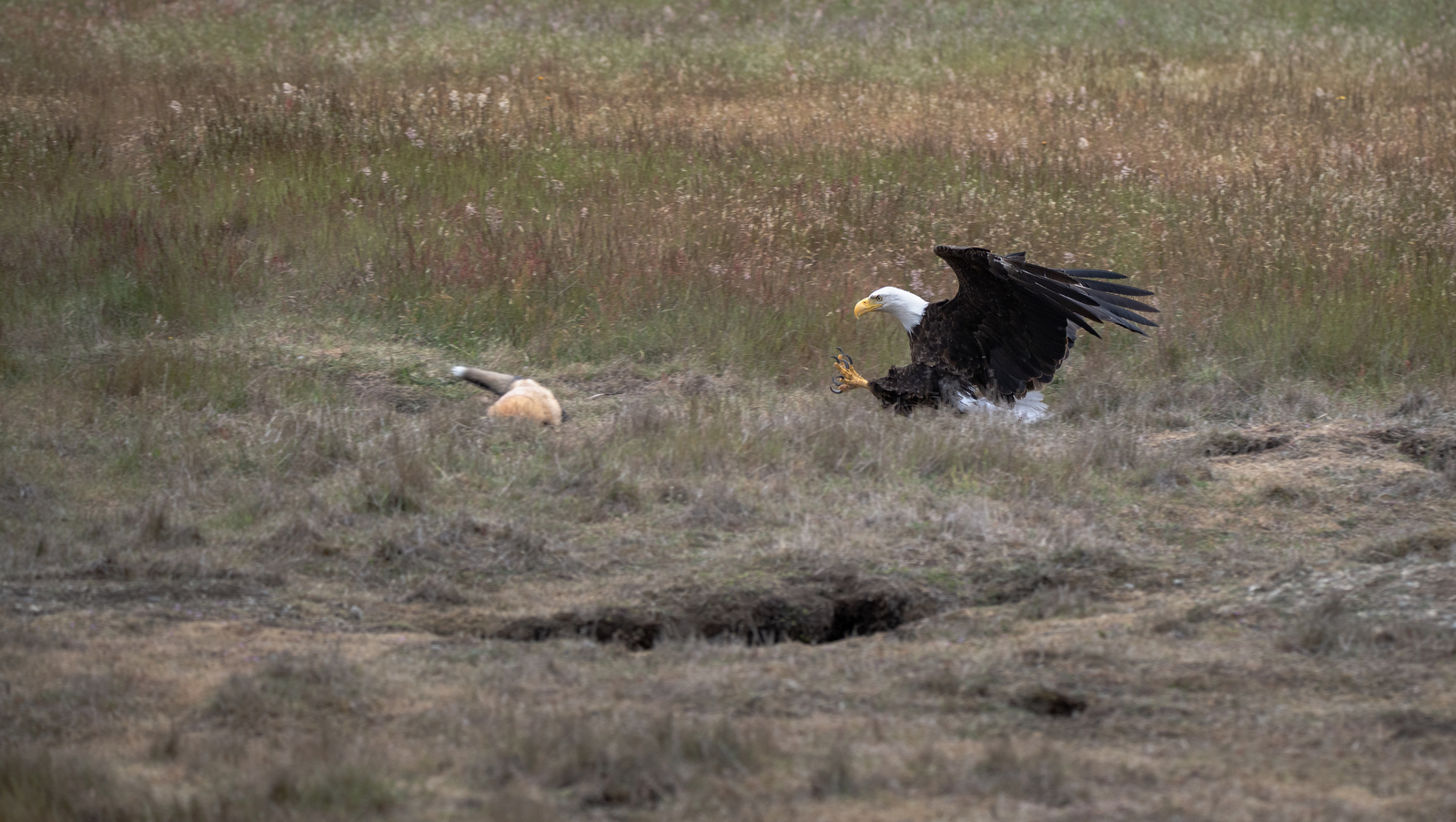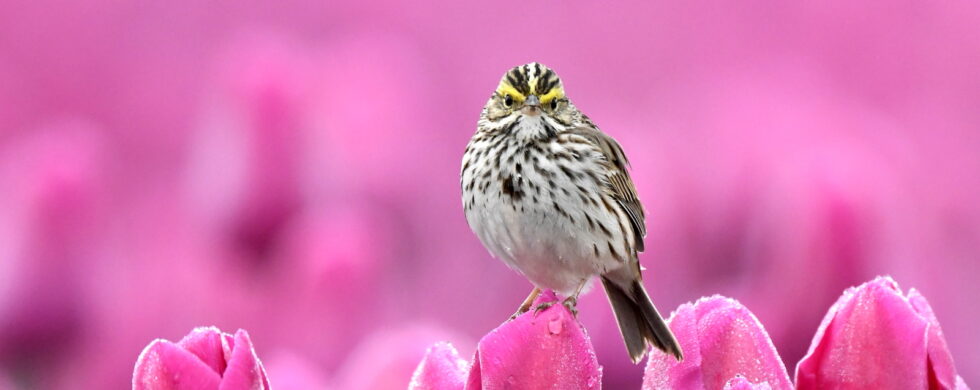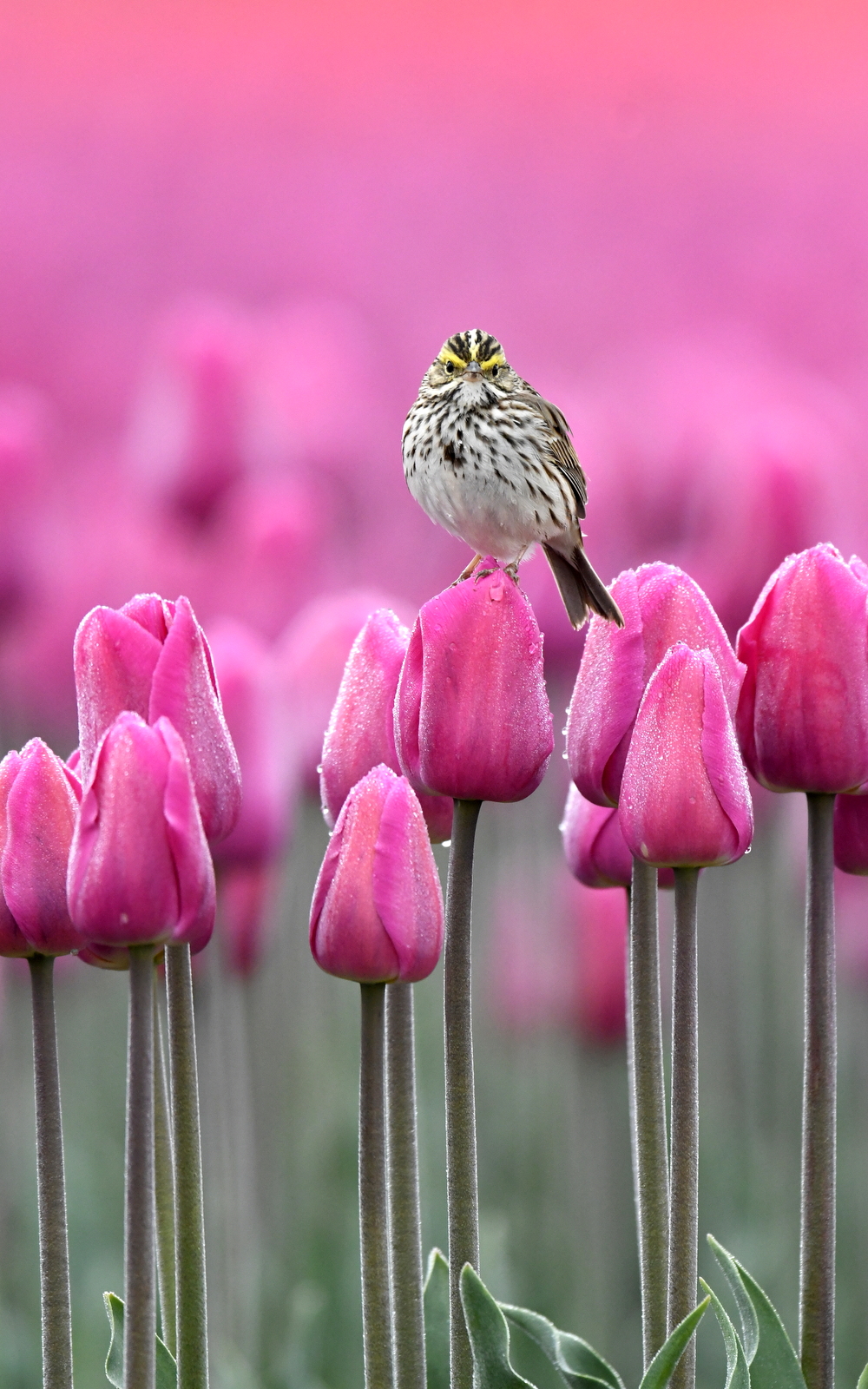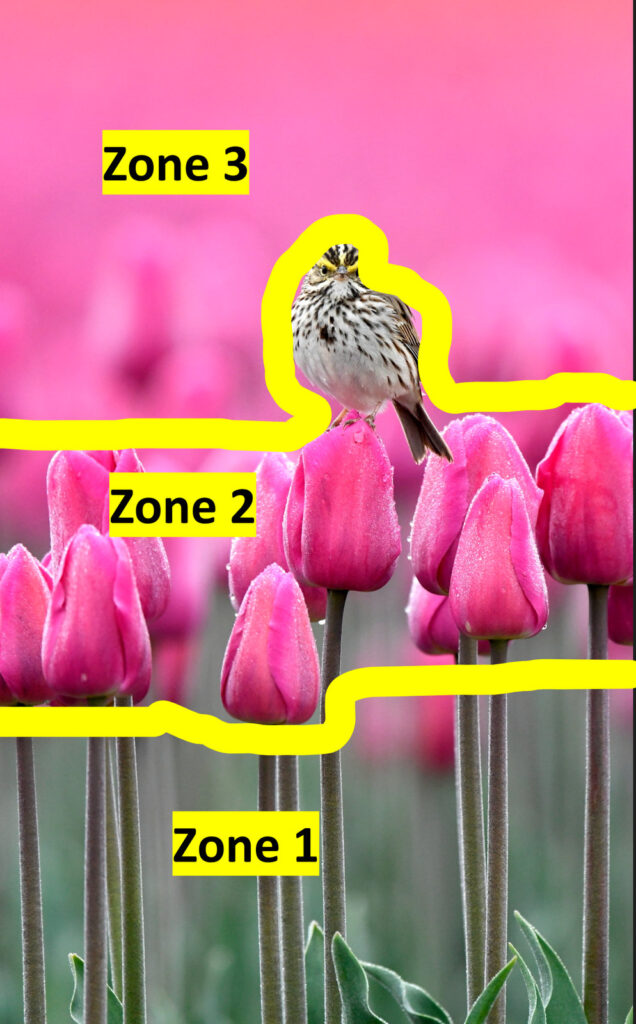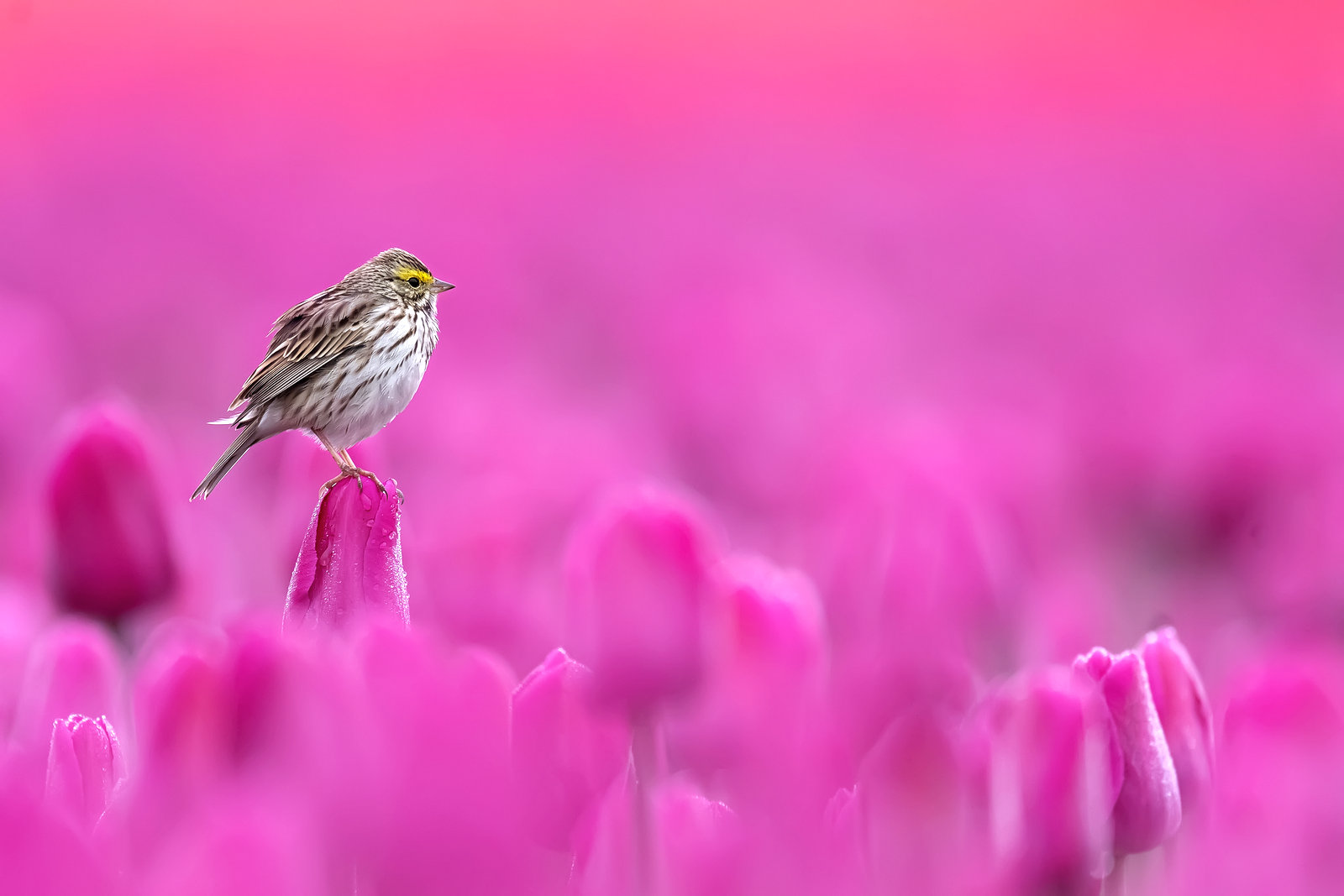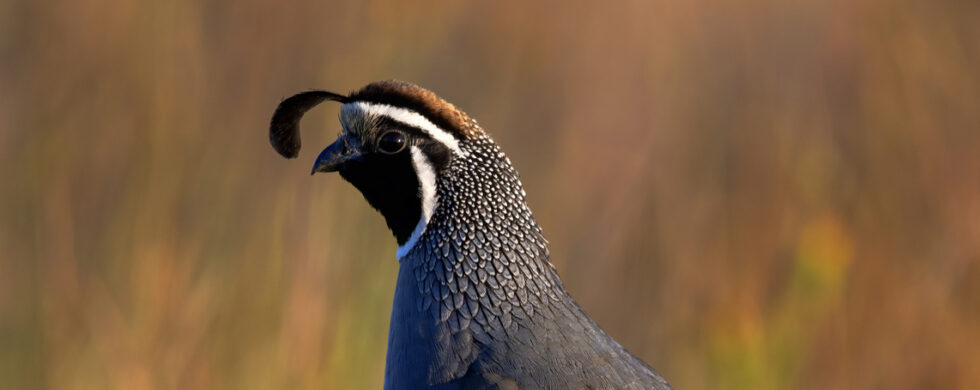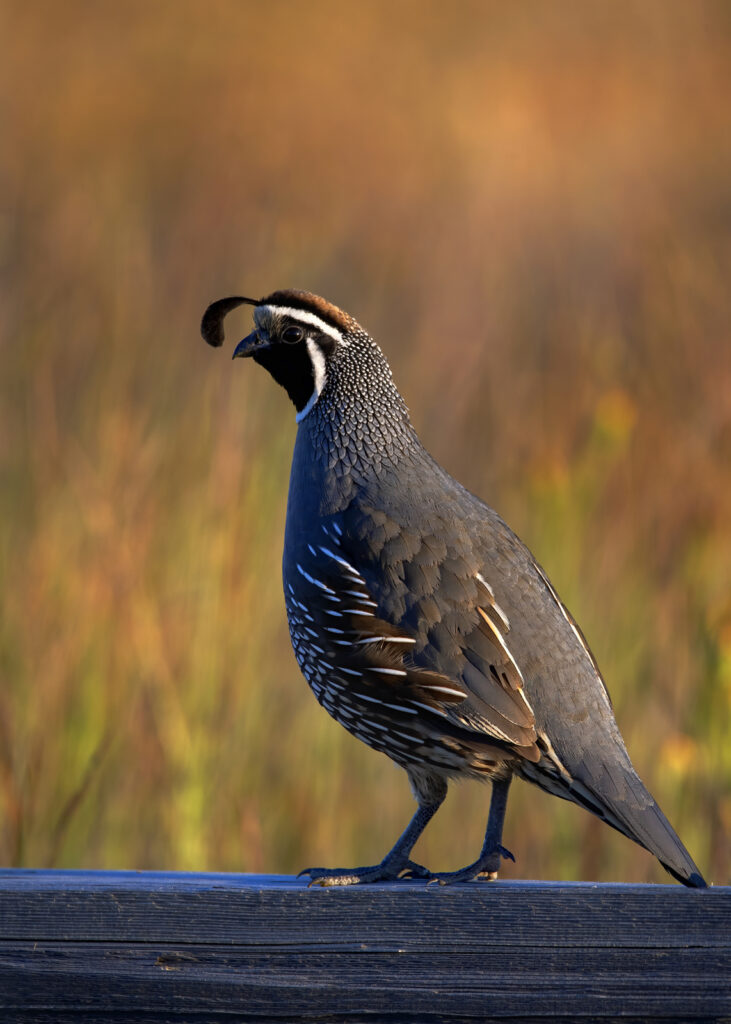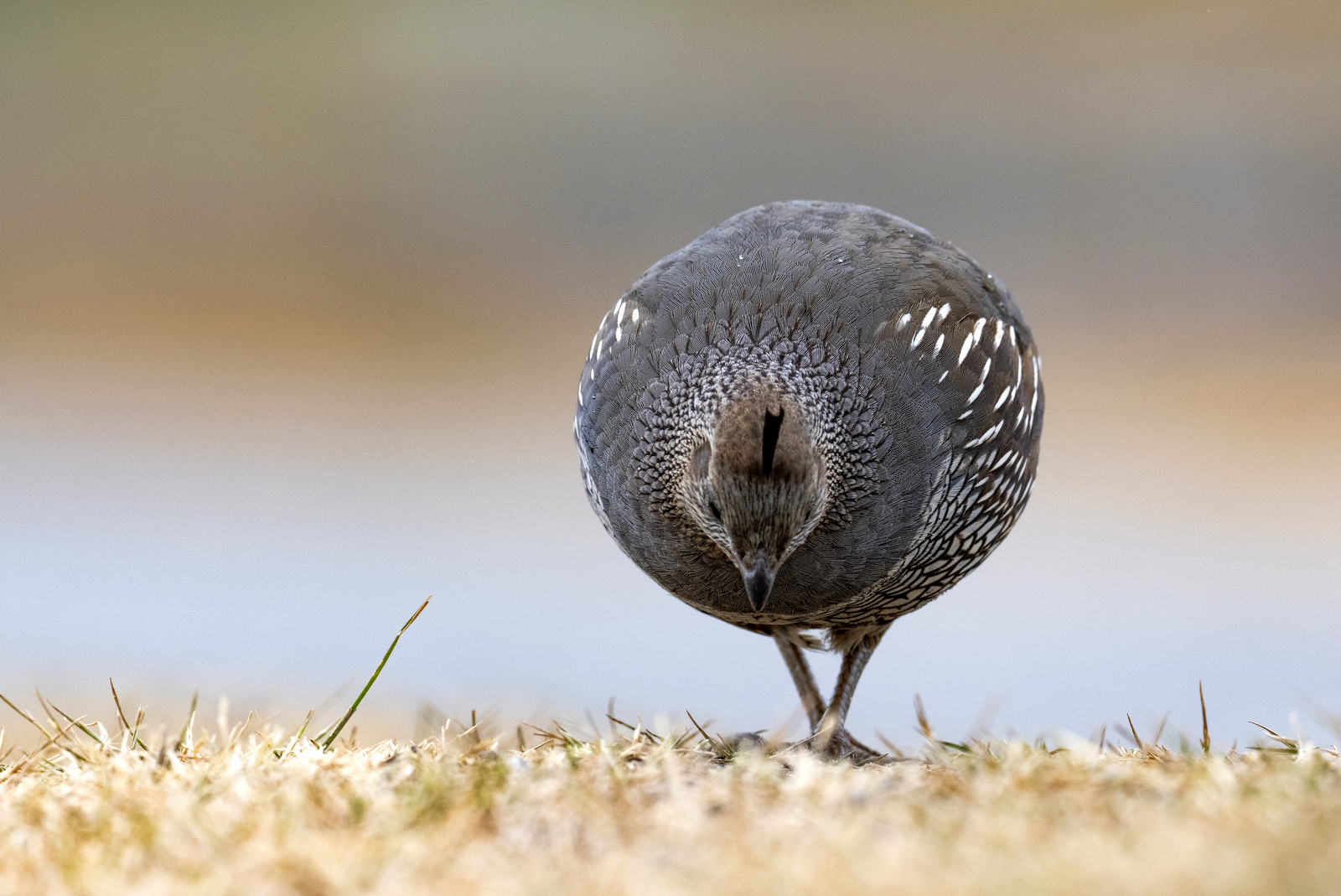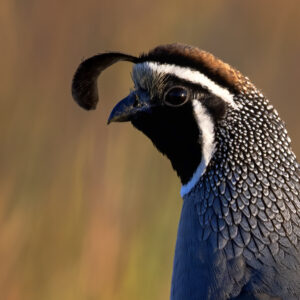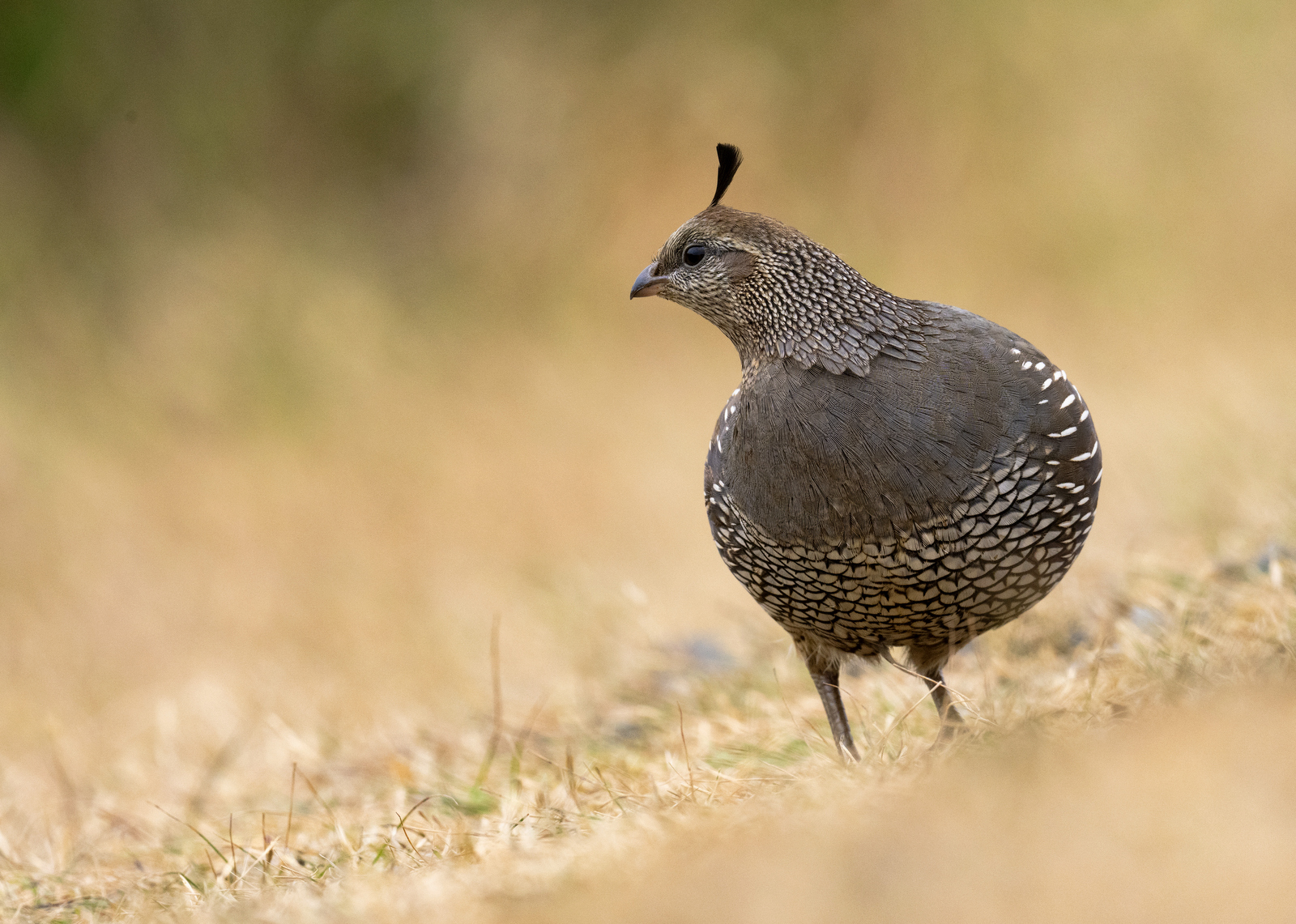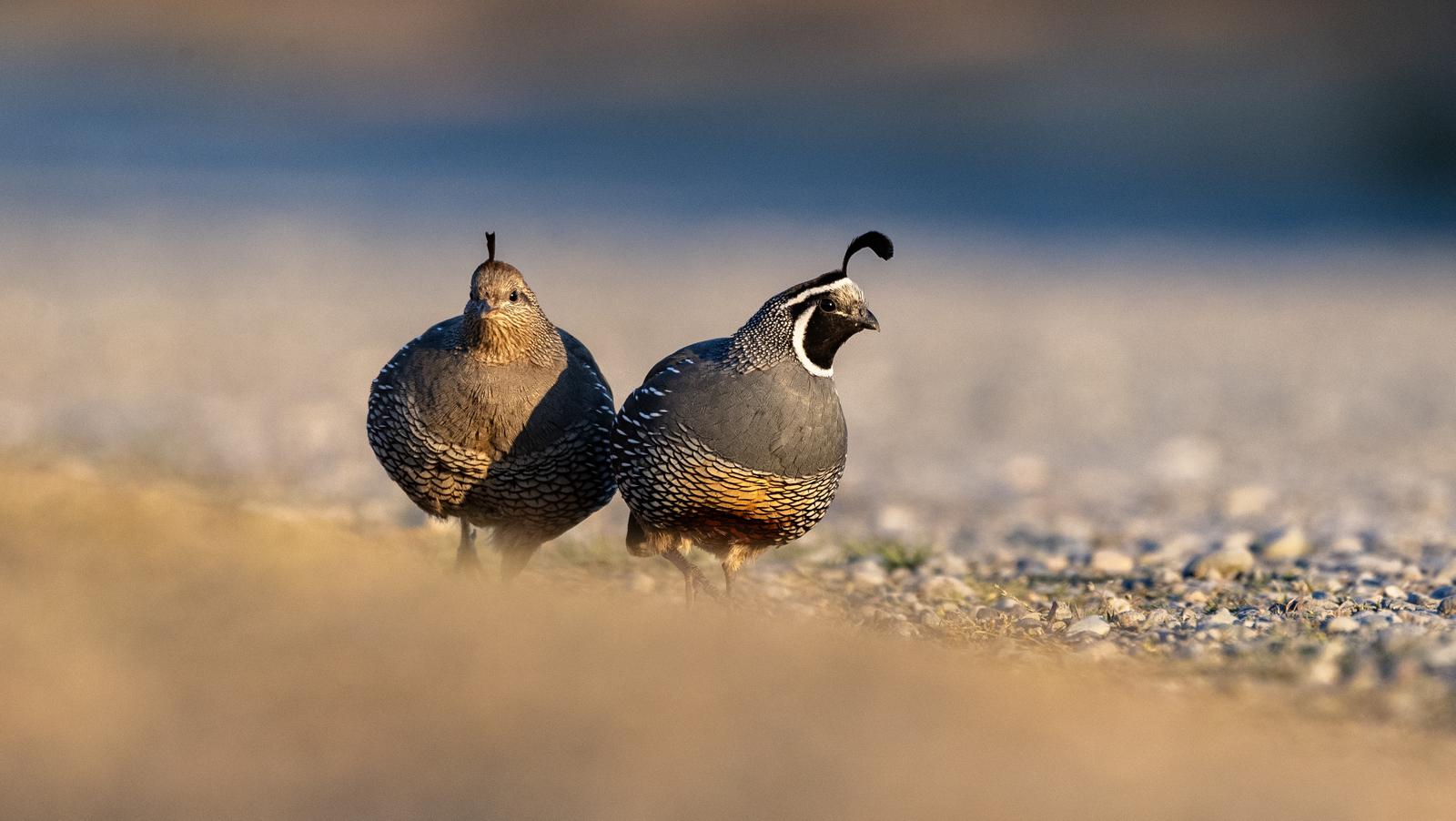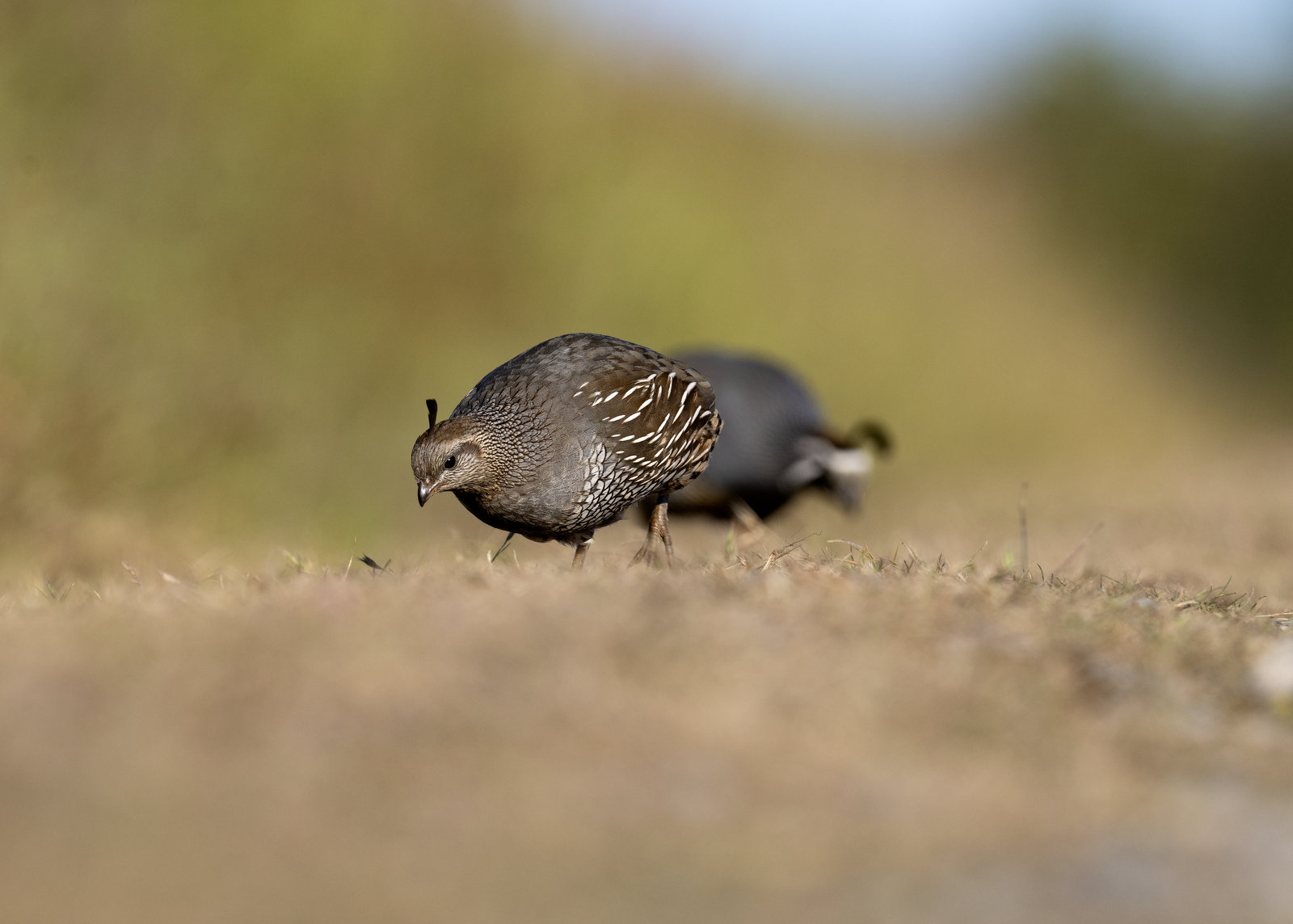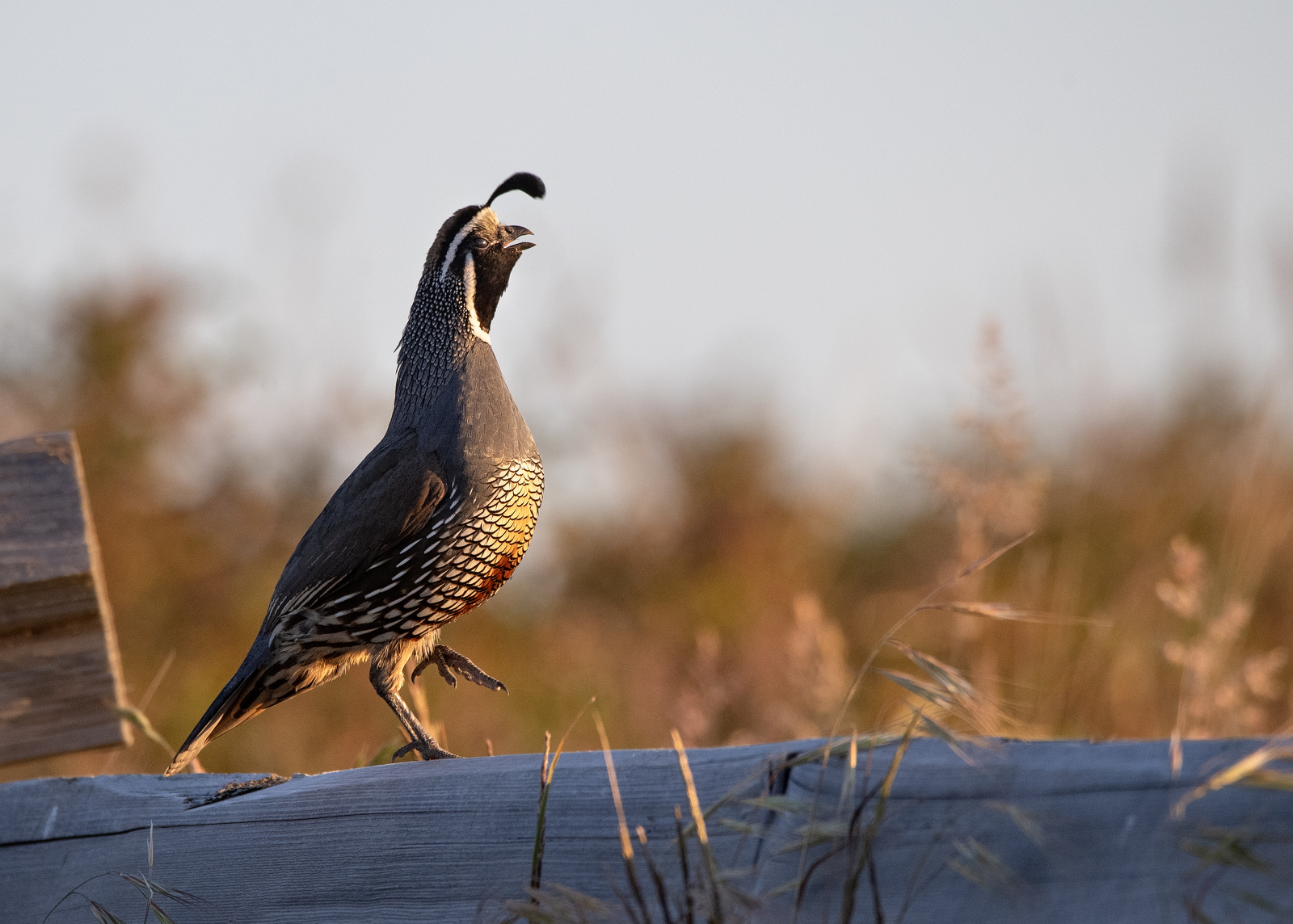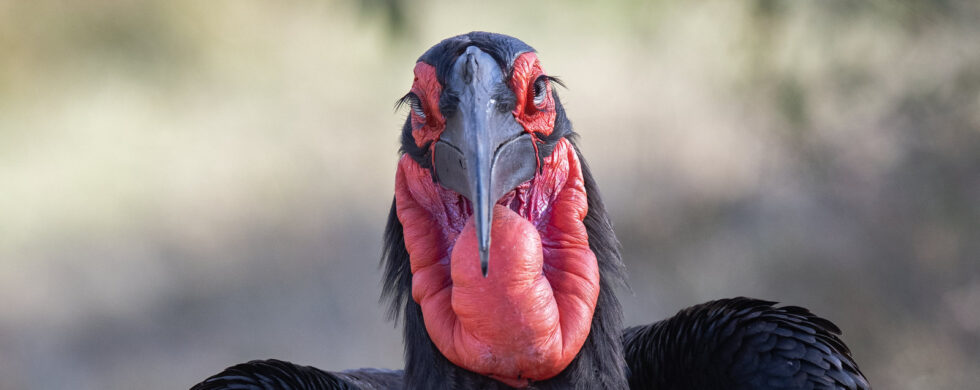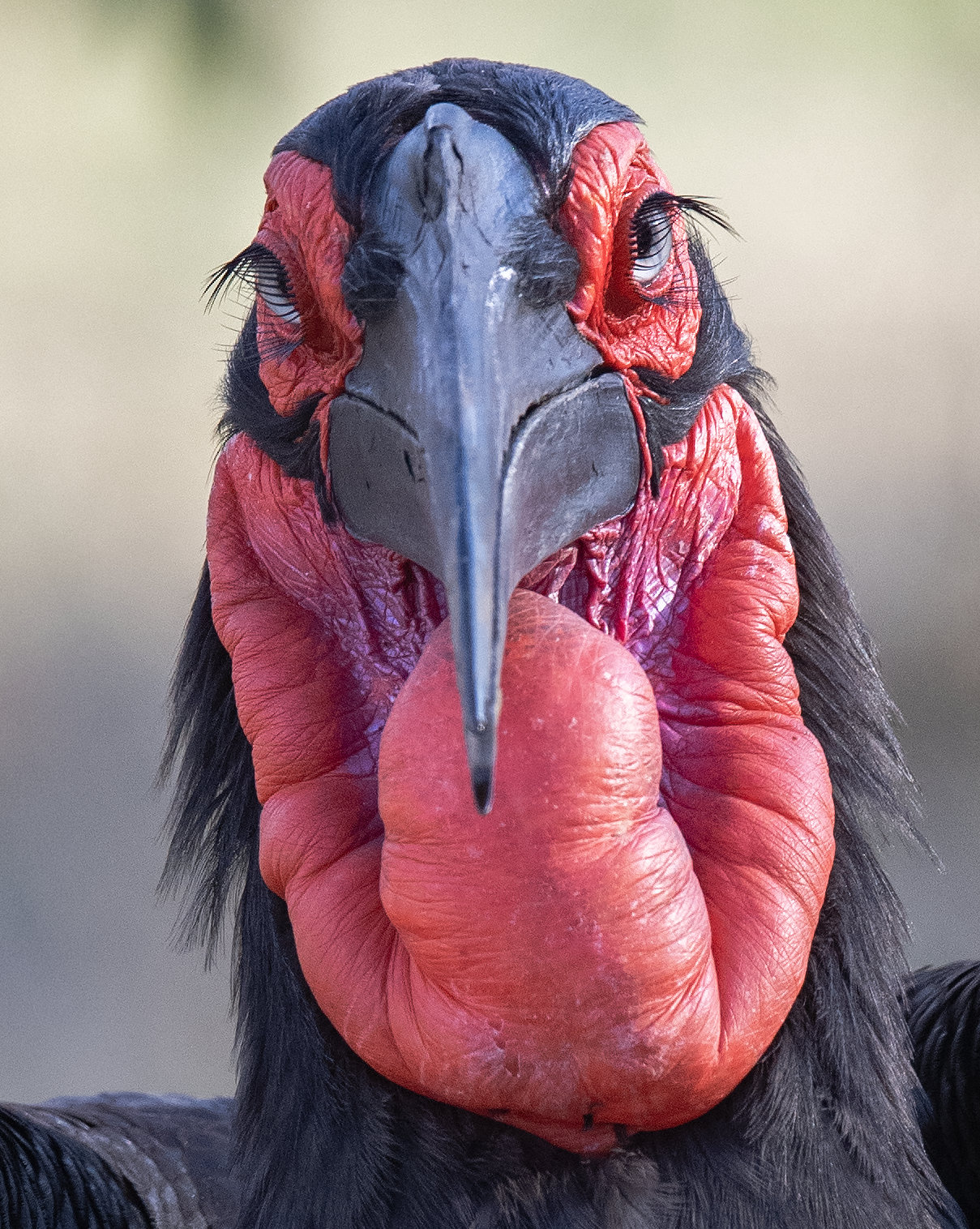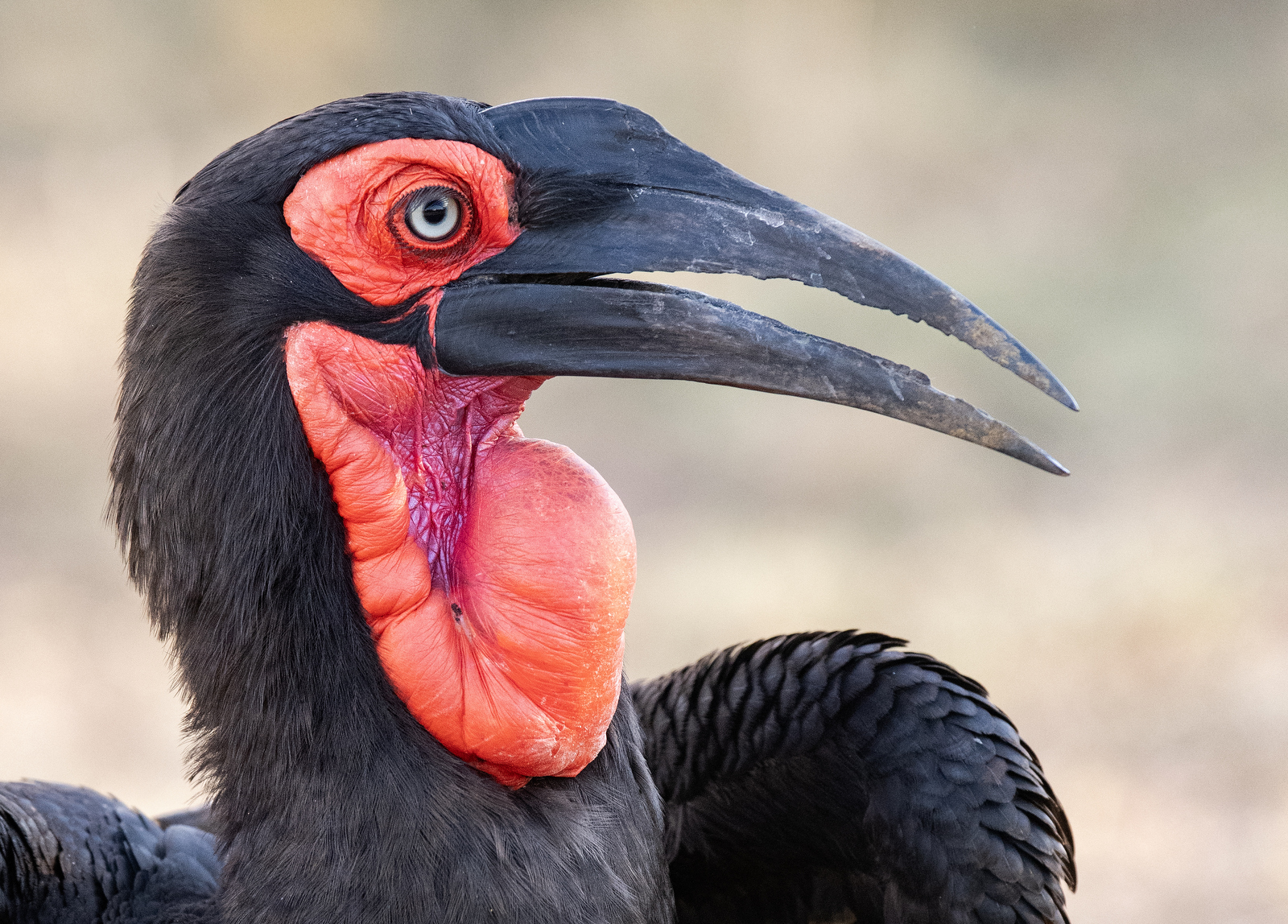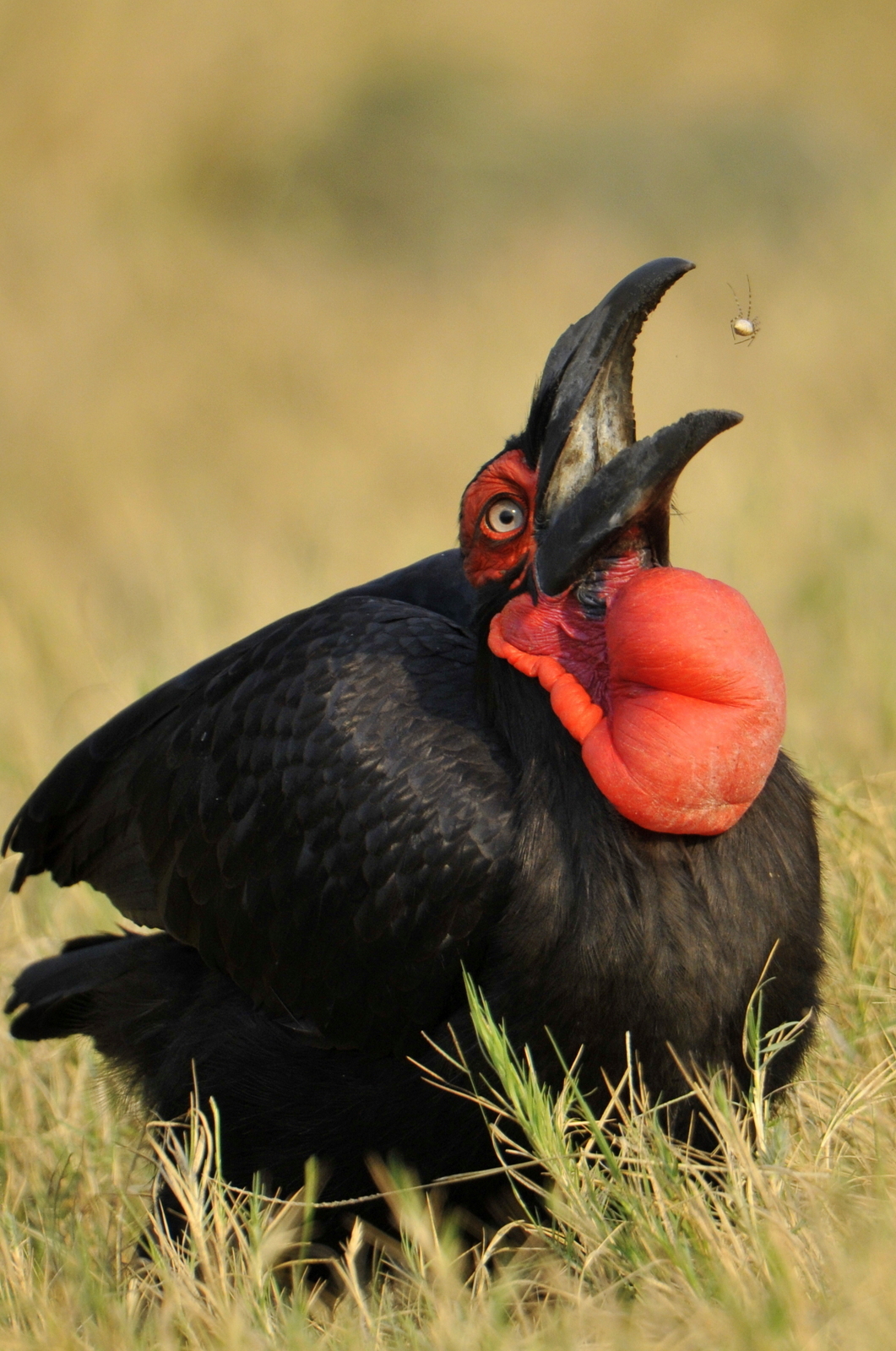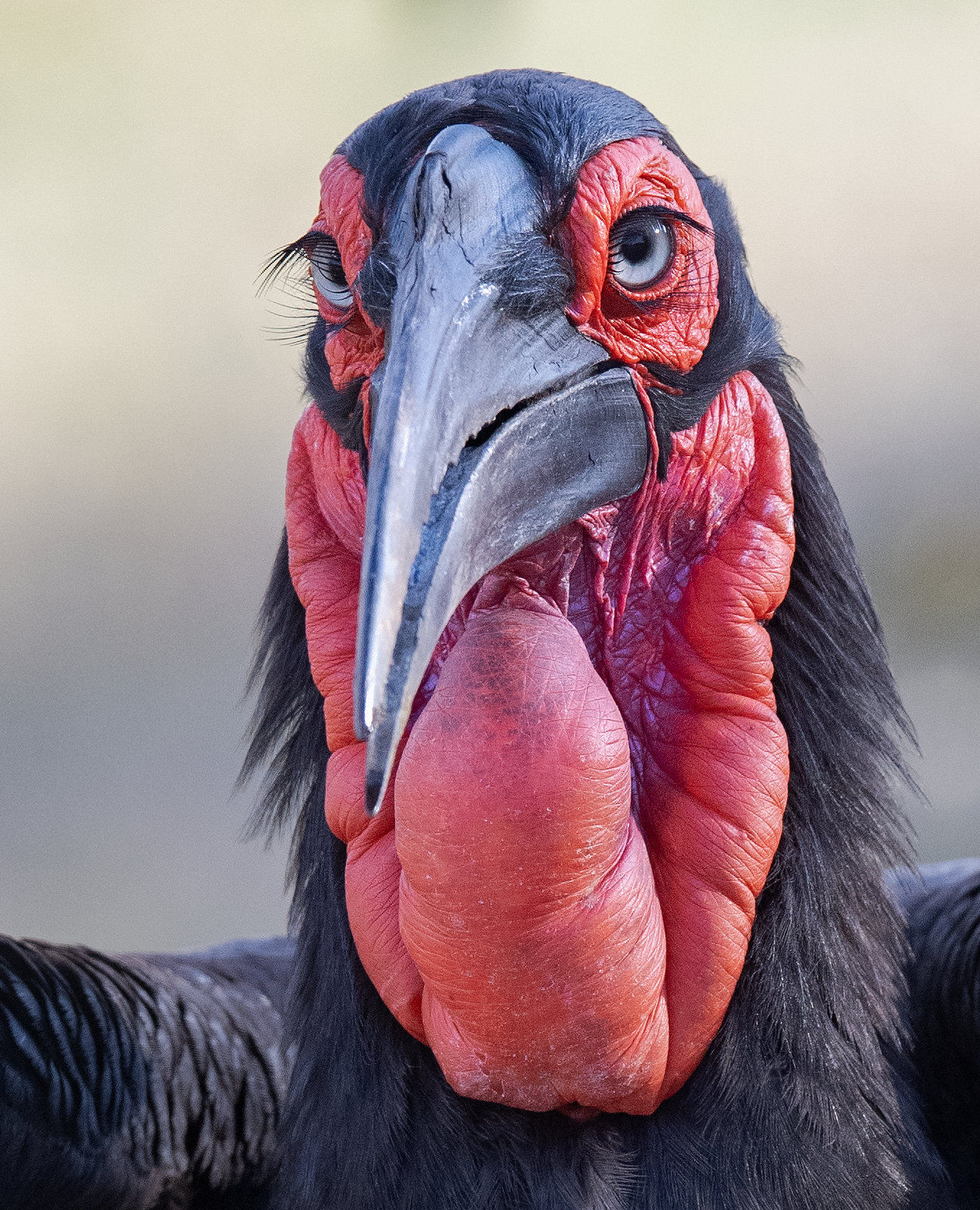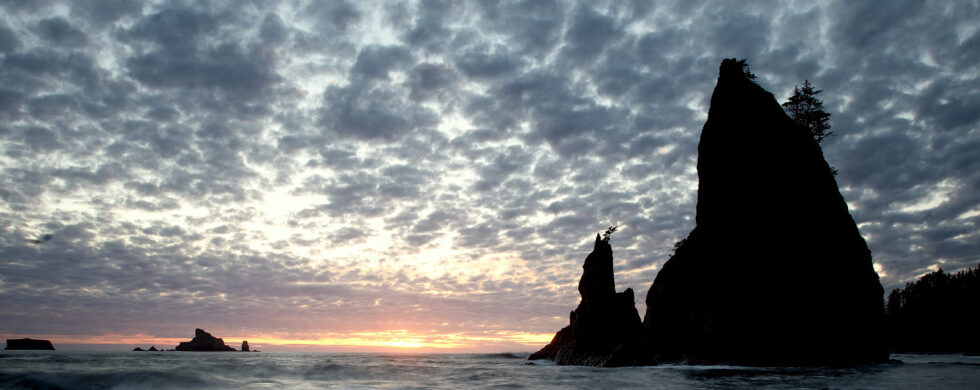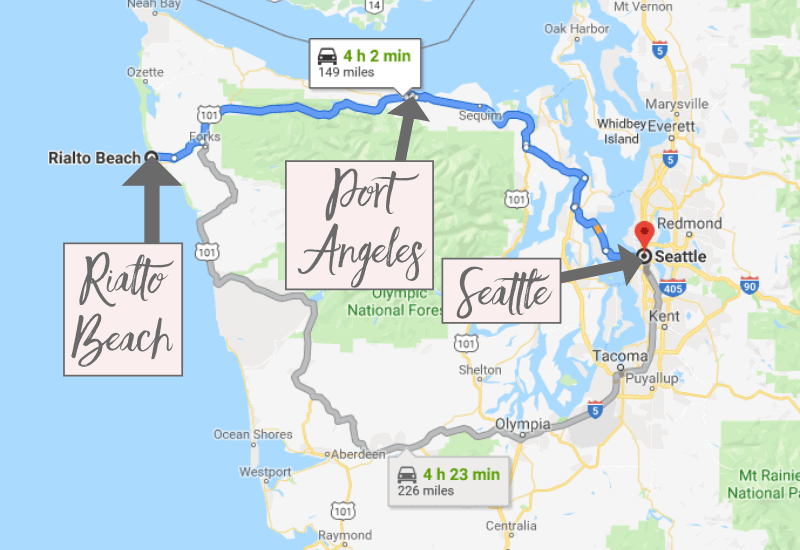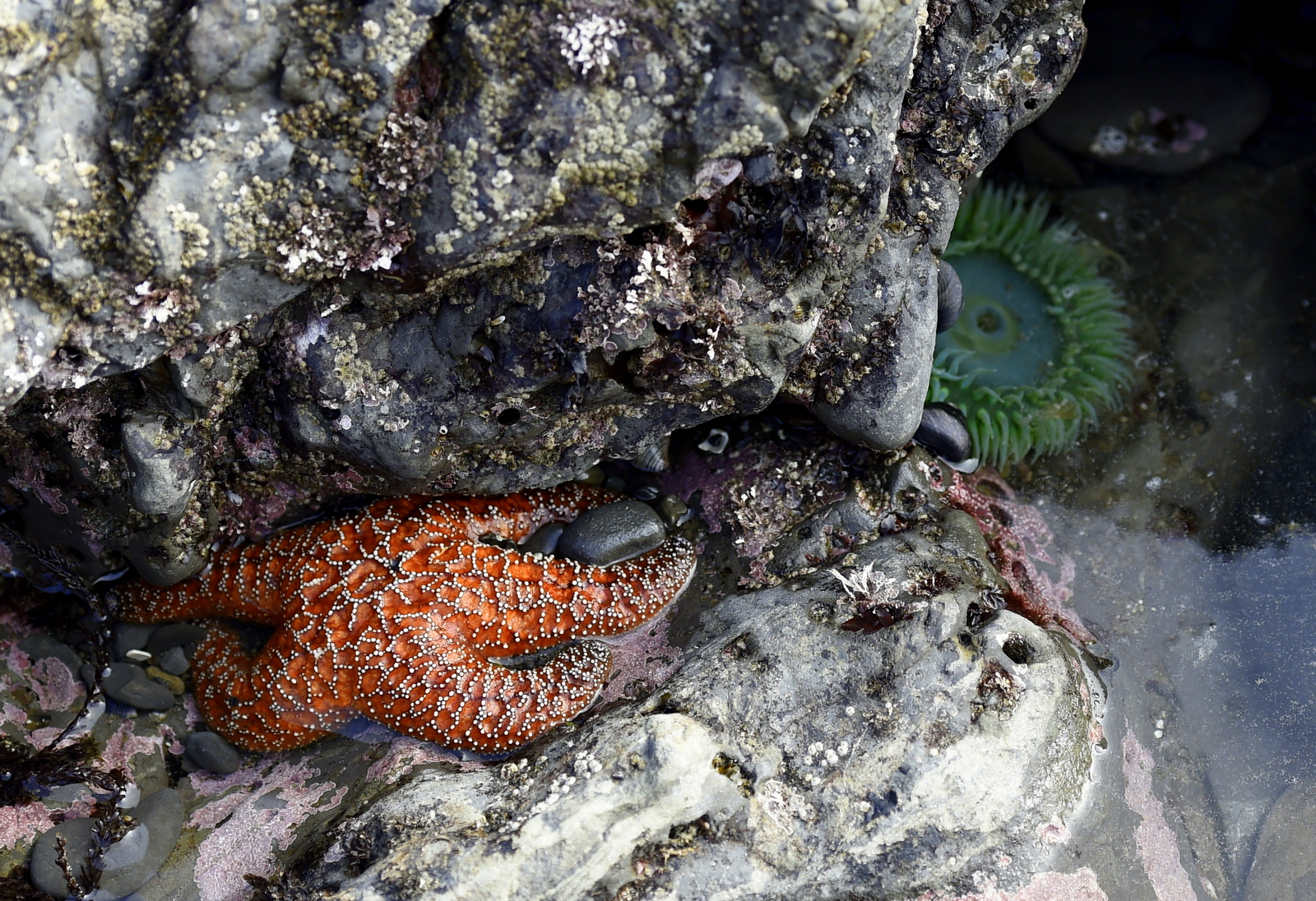31
Shot of the Month – January 2024
This month we travel to Glacier National Park in northern Montana for an iconic view of Swiftcurrent Lake. I shot this image on the rocky edge of the lake looking west toward Grinnell Point – the tall peak in the center of the image. Grinnell Point is part of the Lewis Range of mountains. This spot is also the site of Many Glacier Hotel – this historic hotel was built in 1914 and commands epic views of the lake.
This image makes up the “Fire” part of this post. I arrived at the water’s edge long before sunrise and set up my tripod and camera. As I sat in the dark for the second morning in a row I had to wait for the sun to slowly climb above the mountains behind me. My heart began to jump when I sat the first orange beams light up the clouds. With each moment the light got warmer and slowly painted the scene from top to bottom. First, the clouds caught fire and then eventually the mountain began reflecting back that glorious warm glow. I kept shooting feverishly until the color began to fade. Success!
In the image below we see the “Ice” part of this post. I am at the same spot along the water’s edge, this time in late afternoon with the sun setting behind the mountain in our view. This time the clouds were a bit too dense to light up dramatically with the sunbeams. For this image, I used a very long exposure (90 seconds) to allow the clouds to move across the sky and smooth out the surface of the water of the lake. The tone and color of the image couldn’t be more opposite than the sunrise shot. This shot is dark and brooding and feels and looks ice cold.
It is always fun to revisit a scene over and over to explore how the look, feel, and tone can change dramatically with the time of day. With the change in weather. With the change in seasons. At any given moment Mother Nature offers the proverbial box of chocolate with each scene — you are never sure what delight you will get.
Until next month…..m
Nikon Z9, Nikon 17-35 mm (@17 mm), f/11, 1/5 sec, ISO 64
31
Shot of the Month – December 2023
I have talked in the past about how getting a great shot often requires a chain of miracles…for wildlife photography that list of miracles can include:
- Just finding the ^%%# animal!!
- Getting close enough to said animal
- Great light
- Great behavior
- Correct camera settings for the given scene
This stunning image of a Short-eared Owl (SEO) is proof that miracles, plural, can happen every so often.
#1 Finding the ^%%# animal!!
SEOs often migrate into Washington State each winter from the Arctic. They love to hunt for mice and voles in the flat farmland found in parts of the state. So there are known locations where one can find these owls. So you’re telling me there’s a chance…? (Any Dumb and Dumber fans out there?)
2. Getting close enough to said animal
The owls don’t take much notice of us humans but they often hunt in fields that are too far away. If you are patient, they will usually, eventually, hunt in a field near you before moving on. On some days they do. On some days, they don’t. Long lenses are still often needed to “get close enough.”
3. Great light
4. Great behavior
Good light in the Pacific Northwest in the winter is in SHORT supply. Most days are grey and filled with rain. I specifically traveled to the site on this day as a bit of sun was in the forecast.
In the LAST hour of this day, the sun was painting the field in GLORIOUS light (Miracle #3). And then, a SEO flew close to my location and began to hunt!! (Miracle #4).
I began to tremble with excitement – it was all coming together.
5. Correct camera settings for the given scene
Fortunately, I have enough practice with SEOs to know that their white faces will easily become overexposed in direct light. I underexposed my shots by 1.33 EV (That is A LOT!) And I knew how insanely fast these birds fly so I increased my shutter speed to 1/3200 sec to stop the action and avoid blurry images.
Time to get to work…
The owl was hunting in a field that faced the sun. The lighting was therefore stunning but also, incredibly harsh. The shadows and intensity of the light would change dramatically depending on the angle of the bird relative to the sun. Given how fast she was flying by me the lighting changed every fraction of a second. And with the sun so low in the sky the glare blinded my left eye (my shooting eye) as I looked into the viewfinder. The bird flew multiple sorties – doing small loops up and down the field. As she arrived to my far right I would start shooting until she arrived to my far left, where, at this point, I was now looking directly into the sun – leaving me partially blinded for a few seconds.
Shooting into the sun…
The SEO would bank right, fly back up the field, eventually bank right again and the shooting would begin anew. We did this for close to an hour as tears ran down my face from the stress on my eyes.
Another fly-by…
Having the owl relatively “close” allowed the possibility of getting an image. But given how fast they fly, and how erratic their flight is, it was almost impossible to keep them in the viewfinder with a 600 mm lens. The angle of view on this lens is 2 degrees, offering a very tiny view of the world. I would often track the bird and then she would just vanish as she banked sharply to dive toward prey. With my 12-pound camera/lens combo on a tripod, I was jumping around like I was shooting a Gatling gun as I spun from one side to the other to try and keep focus on this juking, banking, diving, chaotic bird. Ever seen the crazy flight pattern of a butterfly or a moth? Yeah, like that but much, much faster.
I realize that is a lot of photo techno-babble to non-photographers, but in short, photographing these little flying rockets, in this extreme light, at close quarters, is tough.
Ten years ago it would have been almost impossible to get this shot. The camera technology was just not there yet. But with each year the equipment gets better and allows for images like this, even from amateurs like me.
What is most shocking to me, is the absolute clarity and sharpness of the image. A true MIRACLE given how fast she was moving – in this one instance, I managed to pan at just the right speed to match the speed of the bird. You can see every little feather on her face and beak.
And the lighting….on those eyes….the drama. The rim of light on the wings! Mwah (Chef’s kiss)!
Here is the first image, re-cropped to show more of the scene. Mother Nature at her finest…
I love how photography allows us to capture and hold on to these moments that would otherwise be lost in the blink of an eye.
Until next month…..m
Nikon Z9, Nikon 600 mm, f/4, 1/3200 sec, ISO 640, EV -1.333
30
Shot of the Month – November 2023
What can I say, some days you just gotta mix it up a little….
In this unorthodox composition we have a Northern Hawk Owl peering up from the corner. This image makes me smile each time I see it — hopefully it brought a grin to your face also.
In a previous post (Center of Attention) I talked about the “rules” of composition. Well, let’s call them guidelines. Suggestions perhaps. And I usually do follow the recommended “rule of thirds” for most of my images.
But not always:
In the first image I like how the owl seems to be peering in, as if engaging me – “Hellllooo, Mr. photographer. Are you looking for meeee?”
In the second image it seems that I caught this Atlantic Puffin as he was just on his way out. Makes me ponder, “Where is he going”? This second image is really breaking the rules as you normally want your subject to be looking into the image — with the owl we at least have the subject making eye contact with us.
But with the puffin, he is looking out, looking outside of the space of the image. This creates all that negative space behind him which is normally verboten. But given the space is a deep black, it creates a powerful contrast to the dramatic lighting and coloring of the puffin. I think it works and the emptiness actually has a presence that is compelling for the image. What is going on back there? Why did he leave it behind?
It’s also recommended to not cut off part of your subject…
I would like to say that I made an artistic decision here to purposely cut off the Bald Eagle’s wing but in this case I was just having a hard time keeping up with the eagle as he suddenly slowed down to begin banking back in the opposite direction from where he was flying. But when editing the image I leaned into my mistake and cropped the image even more to create a compelling image. Our eye is drawn to the upper edge of the photo where the wing leaves the image. From there our eye will tend to naturally follow the wing down until BAM, a close-up view of that stunningly beautiful and menacing face. That beak is terrifying.
Bottom line, try different approaches and find the angle or view that works for the situation at hand. As a famous artist once said:
“Learn the rules like a pro, so you can break them like an artist.”
―
Until next month….michael
Nikon D200, Nikon 200-400mm (@360mm), f/4, 1/2000 sec, ISO 400, +1.0 EV
31
Shot of the Month – October 2023
This month a dash of color provided by the White-fronted Bee-eater (WFBE). I photographed this fellow in Kruger National Park in South Africa.
Bee-eaters (BEs) are a colorful family of birds with most having a predominance of green feathers highlighted or accented with of broad range of other hues depending on the species. These other colors can include red, white, cinnamon, rose, black, yellow, brown, gold, turquoise, olive, purple, grey, orchre and many others.
Our WFBE fits this mold in that his upper parts are green while he has a distinctive white forehead and bright red patch on his throat with cinnamon underparts. And like most bee-eaters the WFBE has a black mask across his eyes. The naming of bee-eaters, if not very imaginative, often indicates the color highlights for a given species. A few examples to give you a sense: Red-throated BE, Blue-headed BE, Black-headed BE, Red-bearded BE, Purple-bearded BE, Blue-cheeked BE, Cinnamon Chested BE, White-fronted BE, Rosy BE, Little Green BE. A few others are named based on their location: Australian BE, European BE, and Somali BE.
WFBEs can be found across most of sub-Saharan Africa including South Africa, Angola, Botswana, Burundi, DR Congo, Gabon, Kenya, Malawi, Mozambique, Namibia, Rwanda, Tanzania, Zambia and Zimbabwe.
All bee-eaters forgo building nests but rather dig holes in the side of cliffs or river banks. To create the nest the birds dig a long tunnel with an oval chamber at the end for the eggs.
Most bee-eaters are gregarious and often hang out together in large colonies. WFBE take this to the next level and their social structures are often described as some of the most complex found in the avian world. First, they gather in large colonies that can contain 100 individuals (or about 50 burrows). When conditions are good these colonies can reach 200 birds at a site. The colony is made up of socially monogamous, extended family groups with overlapping generations known as “clans.” The clans are usually made up of two to three related breeding pairs.
Non-breeding individuals, typically male offspring from previous years, become helpers to relatives and assist to raise their brood. A nest may have 1 to 5 helpers though only about half of the nests in the colony get this support. These helpers may contribute to digging the roosting or nesting chamber, to allofeeding the female, and incubating and feeding the young.
This intricate, and multi-layered social and support system significantly improves the likelihood that the chicks will survive to adulthood.
The White-fronted Bee-eater – a colorful, gregarious bird that really takes the saying “Birds of a feather flock together” to heart with great success.
Until next month….michael
See more beautiful bee-eaters in my previous posts:
Hey Carmine (Carmine Bee-eater)
One (or three) for the Road (Blue-cheeked Bee-eater)
A Dandy Little Flyer (Little Bee-eater)
Sources
Bee-eater (Wikipedia)
Bee-eater (San Diego Zoo)
White-fronted bee-eater (Wikipedia)
White-fronted bee-eater (Animalia)
Nikon D500, Nikon 200-400 mm (@400mm), f/4, 1/640 sec, ISO 500
30
Shot of the Month – September 2023
If you dig moose, get yourself over to the Grand Teton National Park (GTNP). The moose are not hunted in this park so these massive beasts are very relaxed and have no fear of humans. And from they day they are born they see humans nearby who are fishing, hiking, doing photography, etc. so they really take no notice to us two legged creatures. Park rules require maintaining at least 25 yards distance with the animal – but given how massive these guys are, that is plenty close enough to get wonderful images with typical wildlife photography equipment. When in the field I hike with a range finder so I can always verify my distance to a subject.
I mention all this as the image above was captured in the GTNP after spending 2 full days with this magnificent bull moose during the fall rut in 2019. To get this shot I am lying on my back in a “sit up” position. The low angle allows the bull to tower over me and provides a great view of those fall colors in the trees above.
When we found this bull he had already spent several days courting a cow moose. He was waiting for her to go into estrus.
The lovely couple, playing the waiting game:
This bull moose was one of the largest in the park (top three, easily) and he definitely caught all the cows’ attention.
At one point during day 2 we had two females vying for this rock star!! Usually the male has to do all the work to prove his worthiness, so seeing this “counterintuitive” behavior was a first for me. In the image below the male had just scraped a shallow pit and urinated into it. He then lay down in the pit and rolled around in the depression to cover himself in his scent. As you can see, the females cannot resist it…
Alas, three is a crowd and eventually the bull and the first cow chased the interloper away.
The waiting continued….she went…he followed:
All this waiting can get tiring, especially when carrying a 50 pound set of antlers. Time for a rest:
Any time that the cow would urinate the bull would test the air for pheromones to see if the she had gone into estrus yet.
The Flehmen Response to test the air:
A few hours later….another test:
And then, just like that, it was over. The bull did a flehmen response, apparently still testing negative, and then he just started walking…
I guess he decided that he was tired of waiting and would try his luck elsewhere. It is amazing how much ground those long legs can cover. He wasn’t even running, just a determined walk. And within 15 minutes he had disappeared over the horizon…I tried to run out in front to get some images, but there was no way that I could keep up.
The wonders of wildlife photography. We spent hours and hours with this moose. Although we had long periods of no action it was still fascinating to see the behavior and interactions that few ever have the luck to witness. Hours…..and then short frenzies of photography when there was action. And then just like, over.
It was a heck of ride while it lasted……until next month
Related posts you may enjoy:
Love is in the Air (learn more about the Flehmen response)
More moose images:
Nikon D4S, Sigma 150-600 mm (@550mm), 1/80 sec, f/6.3, ISO 450
31
Shot of the Month – August 2023
This month a lovely fox kit bathed in glorious afternoon light. Foxes are always cute but the warm glow in this shot really takes the image to the next level.
We found this den on the edge of a federal park in Washington State. In previous years visitors could enter the park and observe the dens at a distance of 75 feet or more. Access to the park has been restricted in the last couple of years. Ironically that lack of humans near the dens seems to have emboldened bald eagles who reportedly killed most of the fox kits last year before they could reach adulthood.
During my visit I saw a bald eagle swoop in twice to try and steal a rabbit carcass that an adult fox had just given its kit. Luckily the young foxes were big enough at this time of year to be less at risk for predation by the raptor.
In the two images below I managed to capture one of the attacks by the bald eagle. The fox kit had seen the approaching raptor and was running for the entrance to the den with the carcass.
Run!!!
So close!!
The kit managed to duck underground just in time. When the parents were present they were always diligent and would bravely leap up at the bald eagle as it approached.
It is interesting to consider that the foxes may have established their den near the dirt road on the edge of the park to use the nearby humans to discourage the eagle attacks.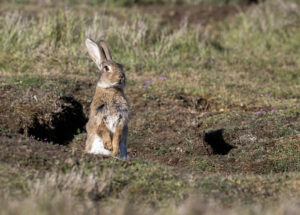
Red foxes mate in the winter and the pups are born 7-8 weeks later. Both parents take care of the kits and each go off hunting to bring back food for the young. Foxes raise their pups in a den which has been abandoned by another animal – in this case it was most likely a former rabbit den. Amazingly, there were rabbits in holes just a few feet from the foxes’ den! Talk about keeping your enemy close!
The cubs remain at the family den for about 5 weeks before going off on their own near the end of the summer.
The kits spend most of their time underground when the parents are not present though as the pups get older they will explore the surrounding areas more and more on their own. In my image above I captured the young fox out exploring his world while he waited for his parents to return.
Like foxes? Check out these posts for more images and fox tales…
Until next month….m
Nikon D5, Sigma 150-600 mm Contemporary (@480mm), 1/1000 sec, f/8, ISO 1250
31
Shot of the Month – July 2023
This month a fun blast of color from the tulip fields of Skagit County in Washington State. In this image I found a Savannah Sparrow guarding this fuchsia-colored field of tulips.
I shot this photo in portrait orientation as those long tulip stems were best highlighted and celebrated with a vertical composition. I also really enjoyed the different “zones” of this shot:
Zone 1: While the stems are in sharp focus (you can see the t-i-n-y hairs on the stems!) the background fades away into a pleasing out-of- focus green and your gaze can go on forever…
Zone 2: In this zone we have a dramatic shift in color and at this distance all of the flowers are in sharp focus. Likewise, our lovely Savannah Sparrow is nicely crisp as he poses for his portrait.
Zone 3: In zone 3 another dramatic shift in focus as the tulips vanish into a deep blur but the bold fuchsia hue still demands attention. The Savanah Sparrow really pops against that blurry background.
Another view from the Fuchsia Field:
Check out this post for more on my adventures photographing Savannah Sparrows among the tulip fields.
Until next month….m
Nikon D500, Nikon 600mm w/ 1.4x TC (1275mm effective), f/5.6, 1/640 sec, ISO 2500, +1.0 EV
30
Shot of the Month – June 2023
I spent the better part of a week in May, staked out along a dirt road, in a national park where I could observe a fox den. Each day, while dutifully wating for canine action, we were visited by this dandy chap and his mate. In this beautiful afternoon light we can see the male California Quail (CQ) in all his glory.
I love some of the descriptions that I found while researching this beautiful bird:
These plump, chicken-like birds are easily recognized as quail by their overall jizz and plump body shape
and
The California Quail is a handsome, round soccer ball of a bird with a rich gray breast, intricately scaled underparts, and a curious, forward-drooping head plume
While the whole “round soccer ball of a bird” thing is a bit rude, ummm, well….
I can’t say it is wroooong….
Another fun description:
The California Quail is distinguished from other quail species by its unique plumage pattern and the presence of a forward facing comma-shaped black plume that makes them look like a flapper from the 1920’s.
I had been racking my brain trying to find the right words to describe that wonderful plume and this person nailed it : “a forward facing comma-shaped black plume…” It does look like a comma!!
Insider Tip: Although the plume looks like one feather it is actually made up of 6 overlapping feathers.
The females also have a plume though to my eye it is more “exclamation-point-esque” and lacks the flair of the full comma!
CQ are most active near sunrise and sunrise and that certainly was our experience with these birds. Each morning and late afternoon this mating pair would come wondering down the road like clockwork. CQ spend most of their time on the ground but they will take flight to avoid predators.
The CQ is a granivorous bird that eats mainly grain and seeds, and weeds like dandelions. In the summer they also catch insects to provide additional protein for their young. These birds are rather chicken-like as they prefer to scratch 2-3 times on the ground with one foot before pecking at the ground to grab the seeds or insects they scared up.
The “lovebirds” afternoon stroll:
Peck peck peck…
Here the male is calling loudly, claiming his territory. And obviously showing off for his mate…I love the foot in the air for extra effort.
Did you notice the dashing yellow and chestnut coloration on his stomach?
California Quails can be found in Washington, Oregon, Idaho, Nevad, Utah, and of course, California. CQs have also been introduced into Hawaii, New Zealand, Chile, and Argentia.
Fun fact: The CQ is the official state bird of California and is the only state bird whose name includes the full name of its state. (A bit of ammo for your next dinner party as the conversation wanes….)
There you have it, the California Quail – a striking dandy of a bird that prefers hoofing it over flight, but does so with style and panache.
Until next month….m
Sources:
All About Birds – California Quail
Kids National Geographic – California Quail
Nikon D5, Sigma 150-600mm (@ 600mm), f/6.3, 1/1000 ISO 800
31
Shot of the Month – May 2023
Brace yourself, Sheila…. (scroll down veery slowly….and best viewed on a large screen)
Ok, I still wasn’t ready. Wow.
For the uninitiated, that is an extreme close-up of a Southern Ground Hornbill (SGH). I photographed this fellow in Kenya. To be fair, how many of us would pass the extreme close-up test??
(If you are viewing on small screen you will definitely want to zoom in to really appreciate the full effect)
The SGH is one of my FAVORITE creatures on the planet. Every sighting of these birds is an absolute delight.
Lets run through what makes them so special:
Killer Looks
There is no denying that these birds are striking in their appearance. The SGH is a large bird (wild turkey size for quick comparison) that can stand 4 feet tall (1.2 m), weigh up to 15 pounds (6.8 kg) and he definitely draws attention with his dramatic markings. The male’s face and throat is adorned in bright red and he can inflate that neck wattle to attract the females. The female looks similar though her neck wattle will have a violet blue patch for easy identification.
And did you notice those sumptuous eyelashes? Those are actually modified feathers!! They are used to protect the bird’s eyes from dust and sunlight.
Of course the other key defining feature of the SGH is that massive, slightly curved hornbill. It is an effective tool for foraging and capturing prey.
A good view of the SGH’s hornbill:
Just a stunning looking creature!
Amazing Sound
The males can use that large wattle to create a booming call that can be so loud that it can be mistaken for a lion’s roar and can be heard almost 2 miles (3 km) away. The large bump on the bird’s bill is a chamber that is used to amplify their calls. He basically has a built in boom box.
Click on this video to hear a small sample of one of their wonderful calls (Link here):
(Did you notice the lovely blue patch on the female on the left?)
Chill Vibe
SGHs live in groups of 2-12 individuals led by a dominant mating pair. The group spends most of their day walking slowly in search of food. These guys are just so cool and ganster as they come strolling by on the savannah. SGHs can fly and they roost in trees at night but they prefer sauntering and can cover up to 7 miles/day. (11 km/day).
These birds are carnivorous and will eat just about anything they can catch and fit down their throat. Prey include insects, frogs, toads, lizards, snakes and tortoises. SGHs will also hunt hares, rats, squirrels and even small monkeys. Once in Botswana I saw a crew come through a field and they were just destroying the small wildlife. Peck, there goes a spider. A few steps later, BAM, caught a lizard. A few more steps, POOF, caught a grasshopper…..they were relentless.
Many years ago I witnessed an epic battle between a SGH and a frog. You can read about it here.
A SGH tossing back a spider snack
Fascinating Family Life
Scientist describe the SGH as an “obligate cooperative breeder.” Scientists really know how to suck the romance out of something. So what does that mean??
A SGH family group is made up of a dominant male and female while the rest of the group members are typically younger males from previous clutches. The “helpers” support the mating pair in raising the chicks and will hunt, help take care of the young, and do much of the “work” of the flock. Female offspring may stay with the parents for only a few years as only one adult female is tolerated in a group and breeding is strictly between the breeding pair.
Experiments in captivity indicate that birds without at least 6 years experience as assistants rarely breed successfully if they do become breeders!! And studies show that if assistants are not present, adult SGH often fail to breed successfully.
At Risk
Sadly the SGH is struggling to survive and the species is listed as vulnerable to extinction globally. In South Africa, Lesotho, Namibia and Swaziland the bird is listed as endangered. The bird is also found in Angola, Rwanda, Burundi, Kenya, Tanzania, Malawi, Zambia, Zimbabwe and Mozambique. It is estimated that only 3,000 birds remain in the wild and numbers are dropping in most countries.
The primary threat to the SGH is loss and fragmentation of habitat as humans expand their footprint into wild areas. Hunting and poisoning of SGHs is a growing problem.
Another key issue is that the SGH is one of the slowest reproducing birds in the world. The SGH has an unusually long life span – up to 50 years in the wild and up to 70 years in captivity. However, these birds often do not reach sexual maturity until 4-6 years old and may not start breeding until 10 years old.
Although the female usually lays more than one egg, only one chick will survive more than a few days. The parents will ignore the younger siblings even when food is abundant. Scientists hypothesise that the other eggs are “insurance” in case the first egg does not hatch.
This lone chick matures slowly and is dependent on the parents for at least 2 years. Put this all together and a SGH group typically only produces and raises one new offspring every three years. This makes it difficult for the SGH to increase population numbers while under growing threats.
Somewhat encouragingly there are a wide range of conservation efforts now underway in many countries. Some groups focus on growing support to stop hunting and persecution of the birds. In other places scientists are collecting the 2nd chick from the nest before it dies. The scientists raise the chick and then reintroduce it into the wild.
Fingers crossed that we will have these wonderful, charismatic birds galavanting across the savannah for many generations to come….
Until next month….m
Sources
Africa Geographic – Southern Ground-Hornbill
Worldland Trust – Southern Ground Hornbill
Africafreak – Southern ground hornbill facts – Lifespan, habitat & diet
National Geographic – Southern Hornbill
Wikipedia – Southern Ground Hornbill
Nikon D5, 600mm f/5.6, 1/1500 sec, ISO 2000,
30
Shot of the Month – April 2023
The Pacific Northwest (PNW) is chock full of “must-see” natural wonders and unique landscapes. A few that I have seen so far:
Mount Rainer and the nearby Reflection Lake
Peter Iredale Shipwreck (Sunset) (Visit at Sunrise)
And this month we visit Washington State’s iconic Rialto Beach (RB). RB is a public beach found in the Olympic National Park, about 14 miles from the town of Forks (For Twilight fans, yes, it is THAT Forks). This map gives a good sense of the location:
(Map Source)
Most visitors walk north from the parking area for about 1 1/2 miles to reach the dramatic looking sea stacks that you see in my image above. The hike along the beach is lovely as you pass massive fallen trees and endless driftwood strewn about the coastline. If the tide is low you can also explore the tiny worlds found in the tide pools:
Just past the sea stacks erosion has created the “Hole-in-the-Wall” in a large rock that allows you to look back at the sea stacks:
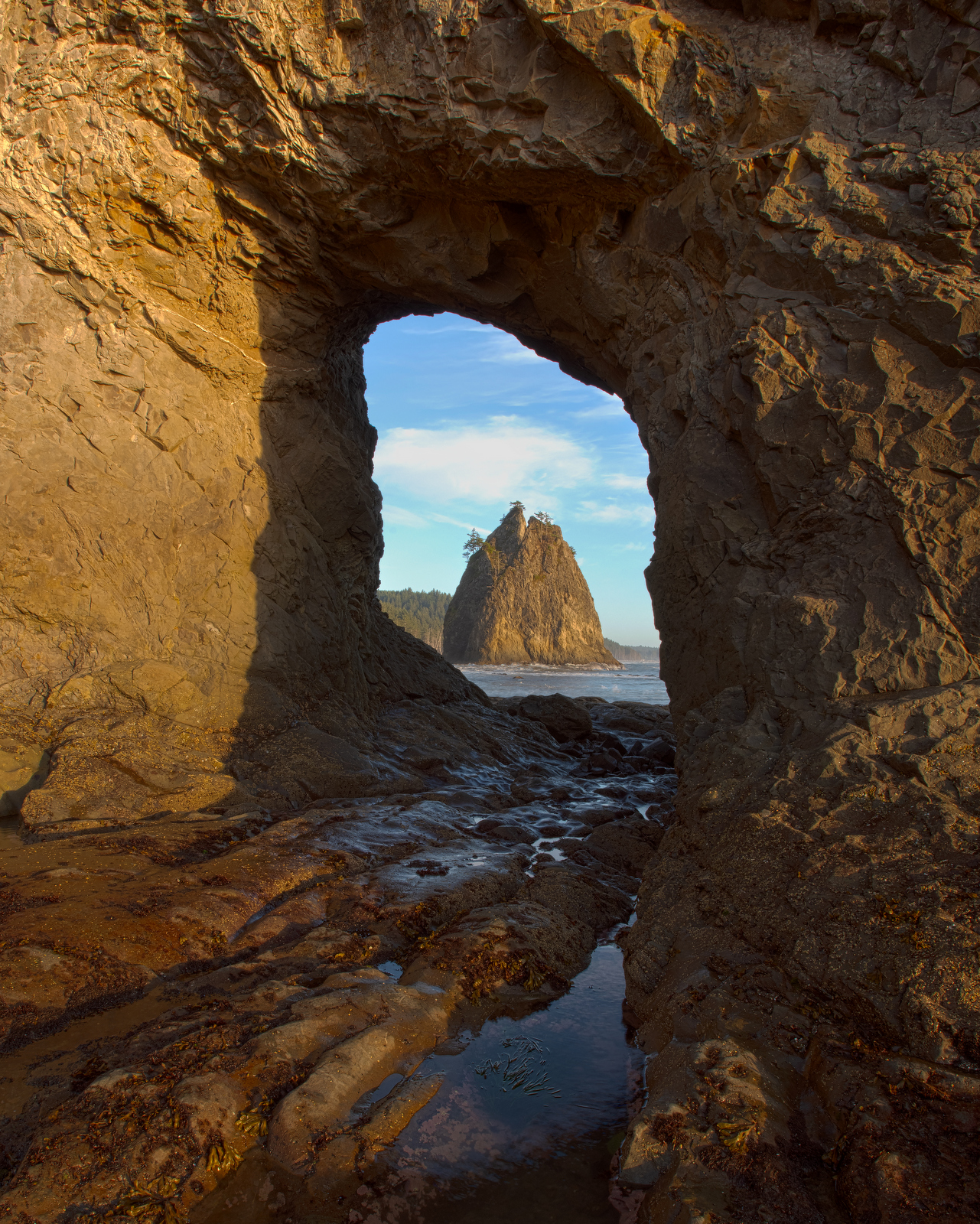
Given that RB is on the West Coast the most dramatic shots are usually taken at sunset. However sunrise can offer nice scenes when the conditions are right:
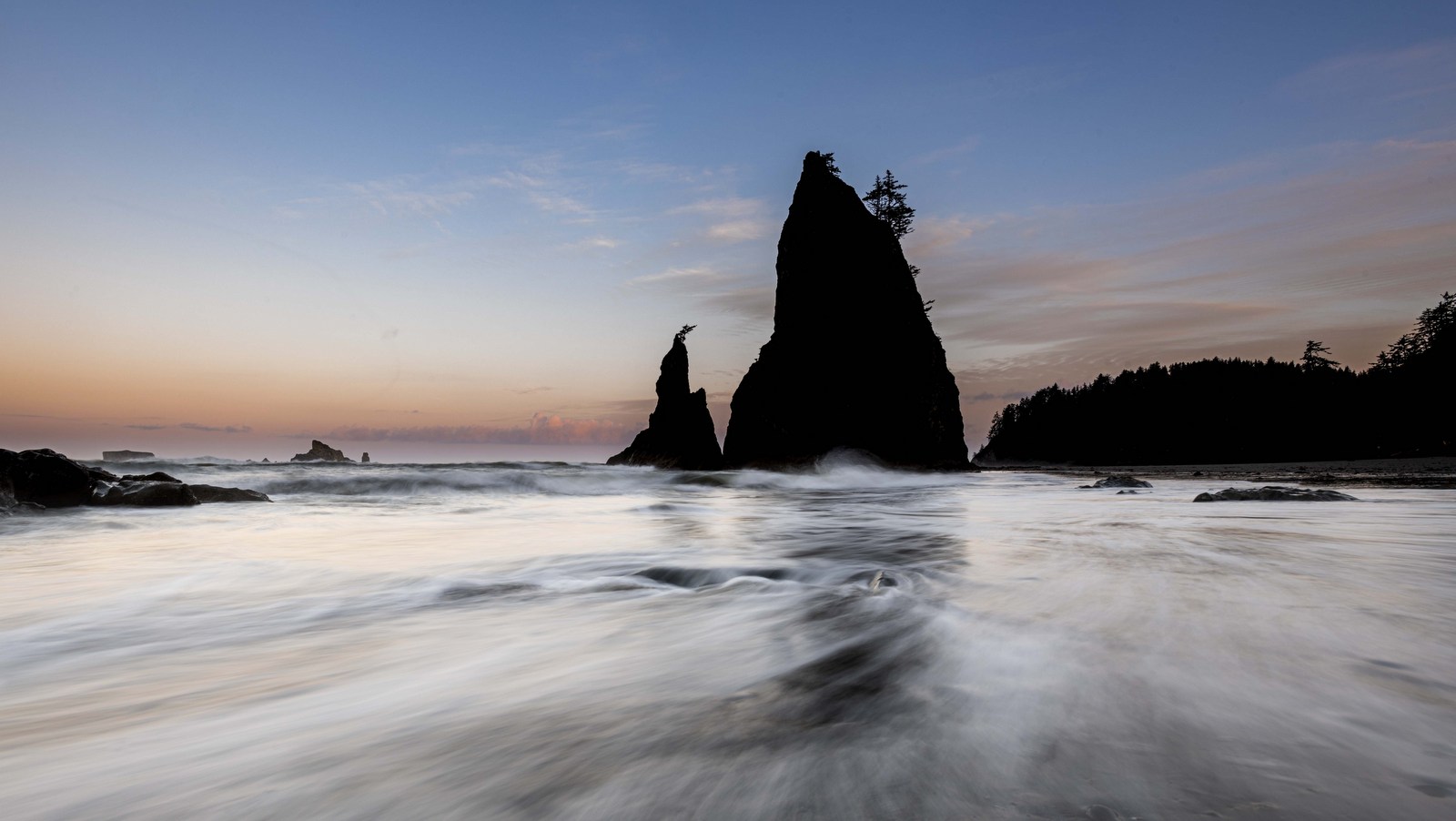
At midday the light is usualy too harsh to get a nice shot but converting to B&W can help:

A sunset scene with a splash of color
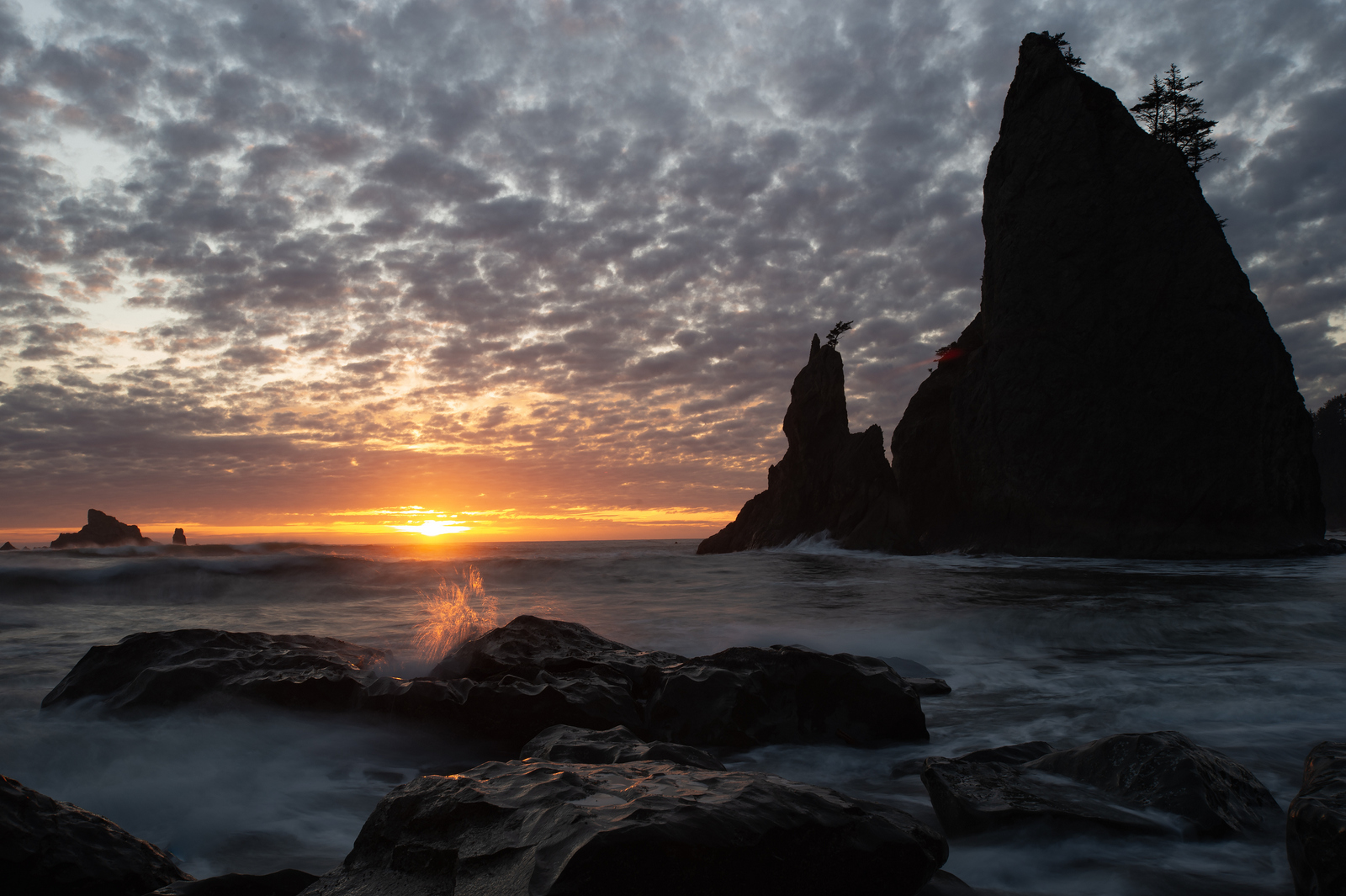
Looking to get your “beach on” while visiting the PNW? Put Rialto beach at the top of your list for some great hikes, wildlife (I have seen otters near the sea stacks), outdoor camping (permits available), tide-pooling, and of course, the potential for great photography.
Pro tip: Ideal conditions will be at low tide, near sunset. Hole-in-the-Wall and tidal pools are only accessible near low tide conditions. High tide can push you off the beach and close to the massive drift wood which can be tricky to navigate/climb over. There is a hiking trail in the adjecent forest so you can still reach the sea stacks at high tide but other options will be limited.
Some good pointers on visiting Rialto Beach:
Hiking Rialto Beach to Hole in the Wall in Olympic National Park
The Ultimate Guide to Rialto Beach and The Hole In The Wall Washington
10 Best Things To Do at Rialto Beach
Until next month…m
Nikon D4S, Nikon 17-35 mm (@ 17mm), f/13, 1 sec, ISO 100,

